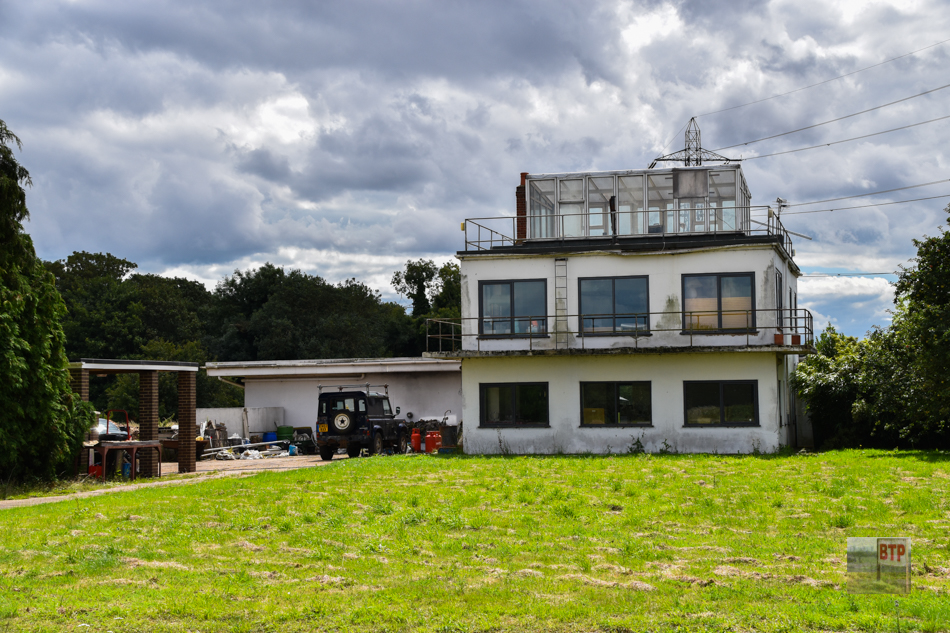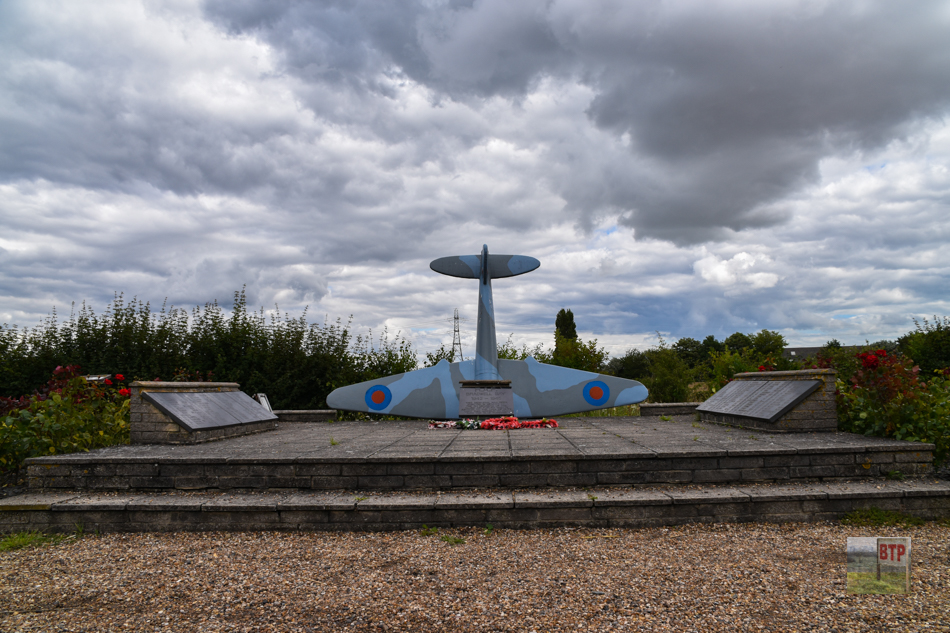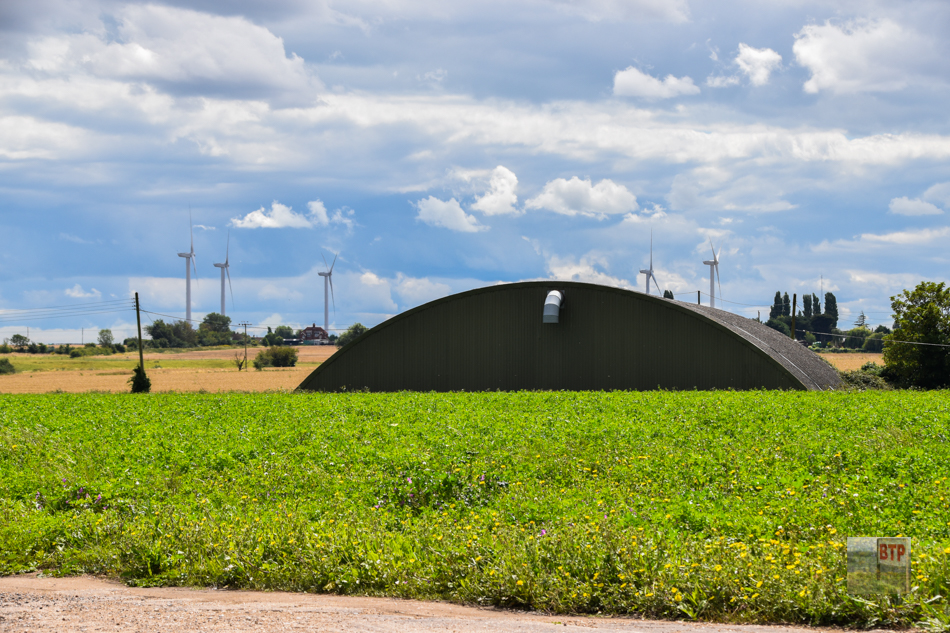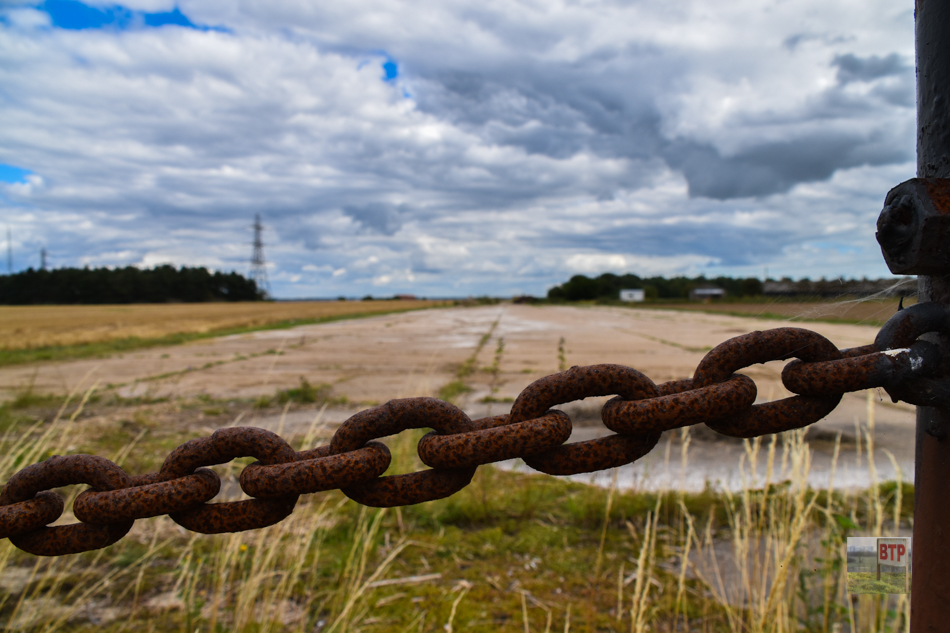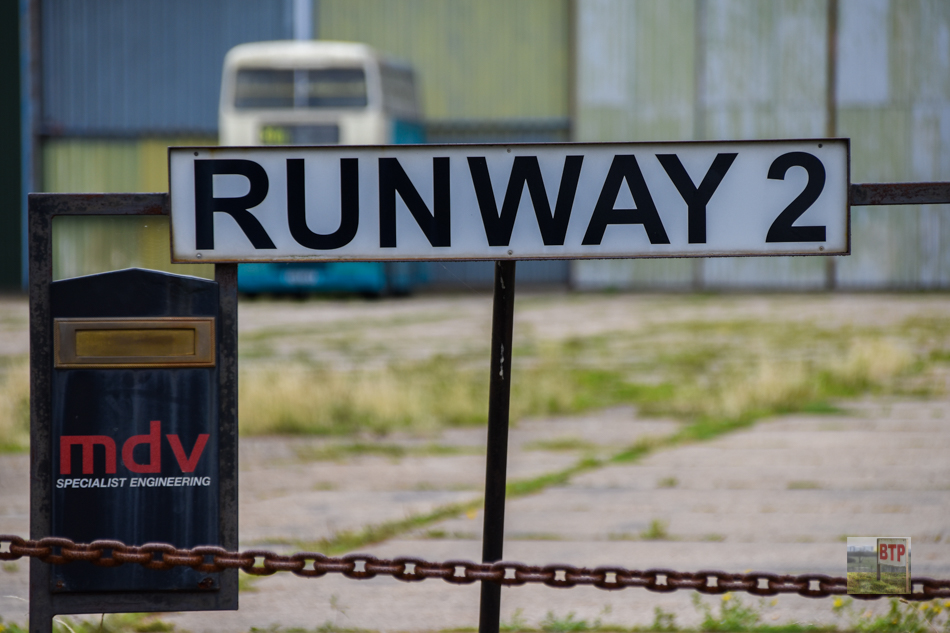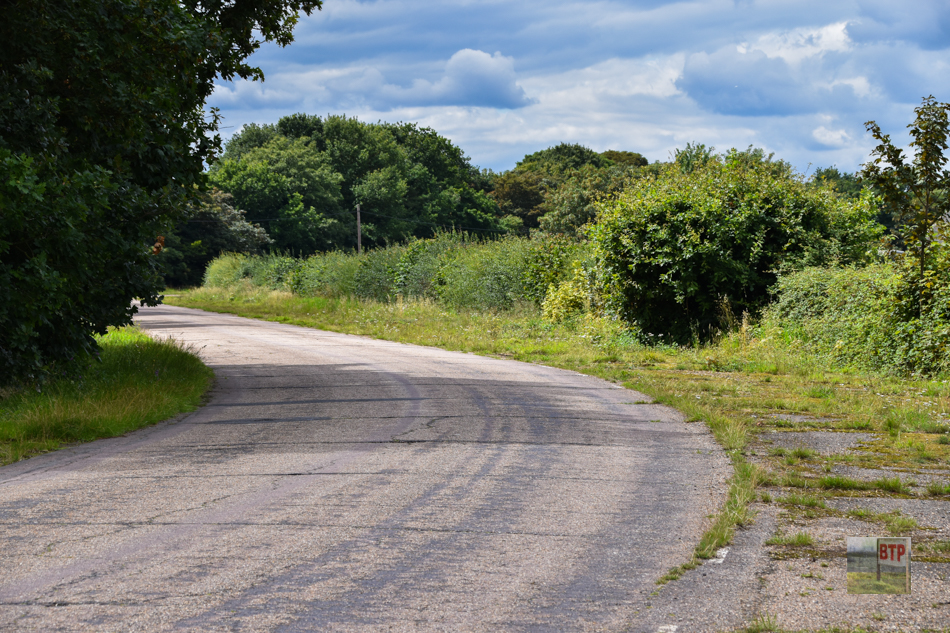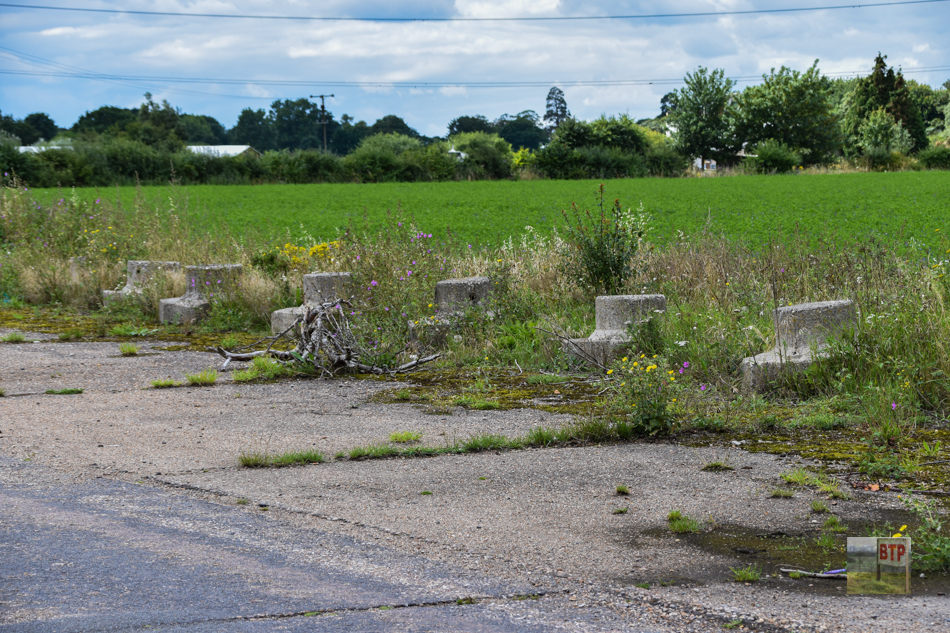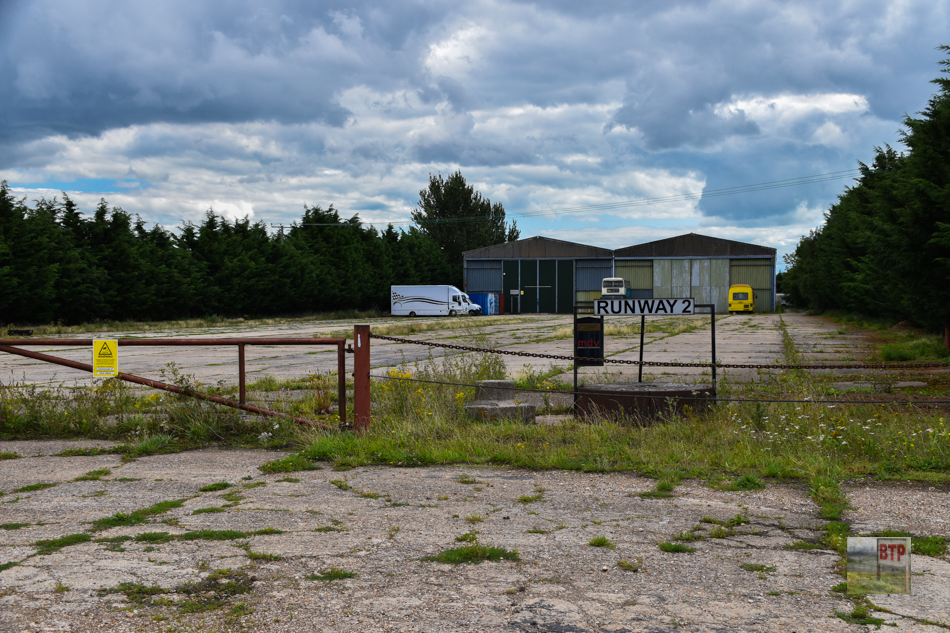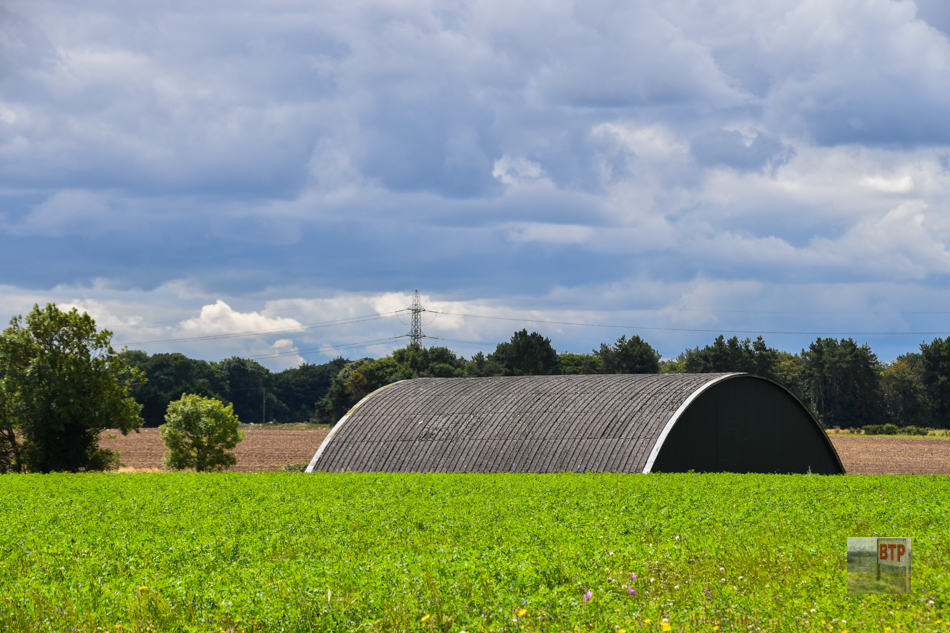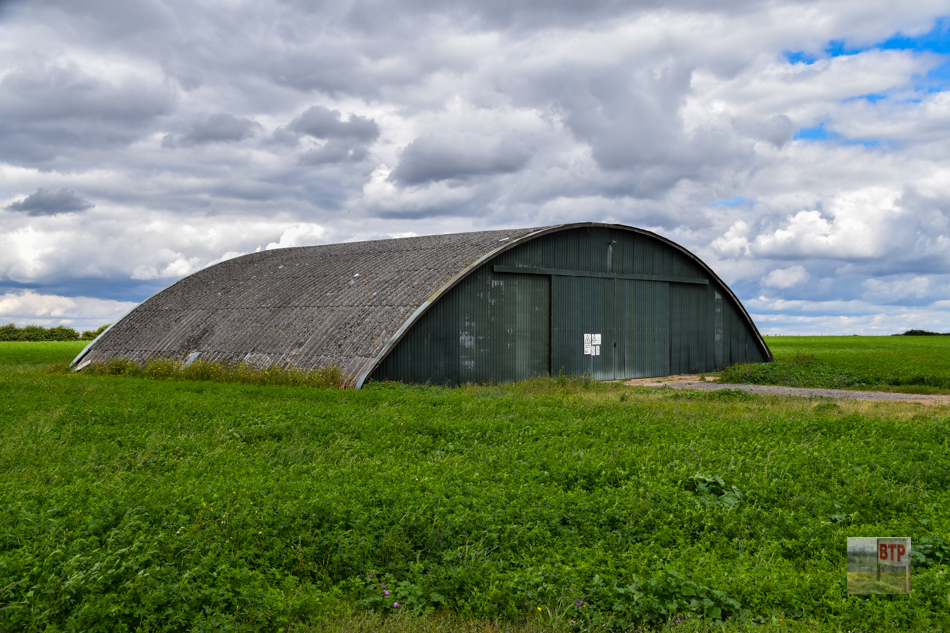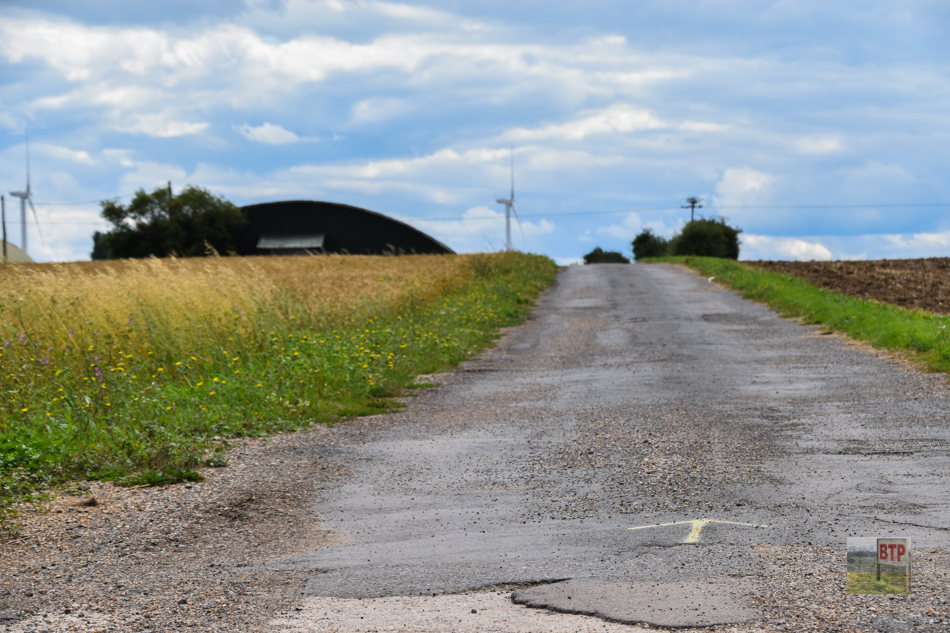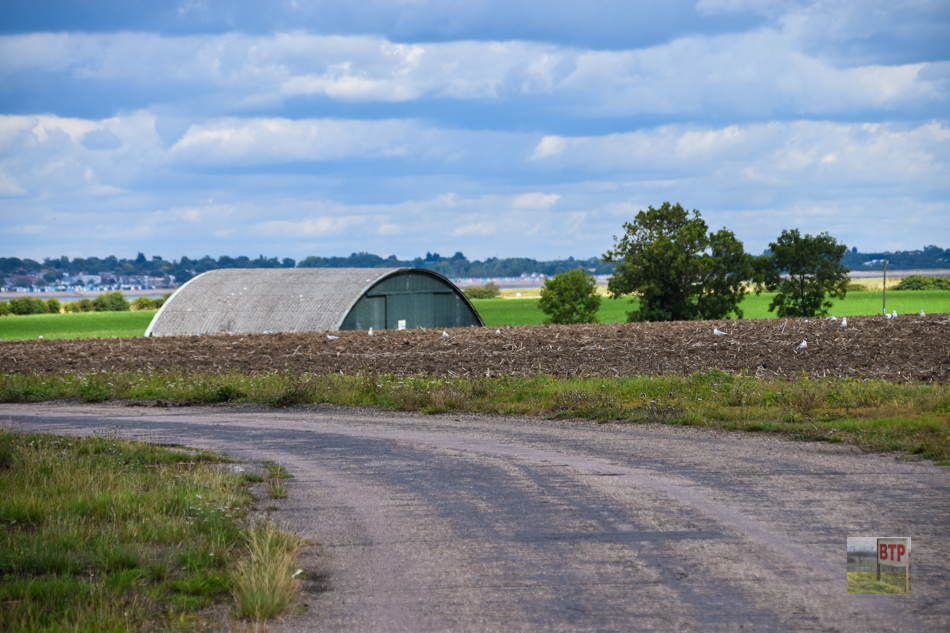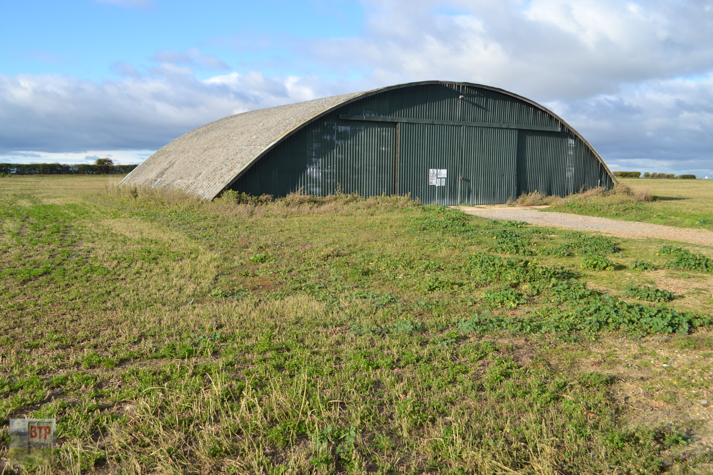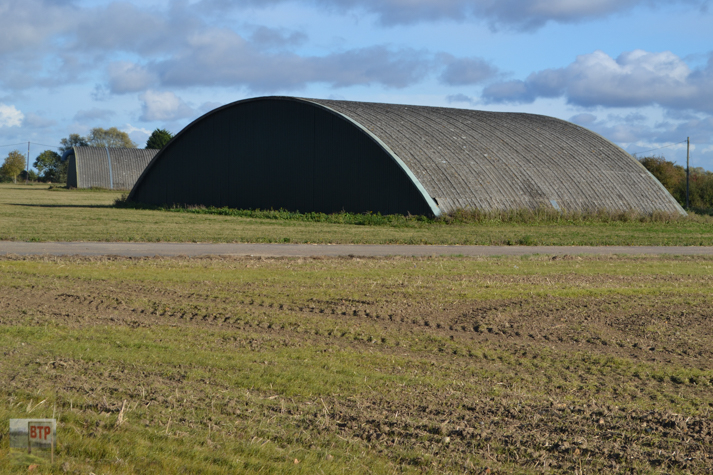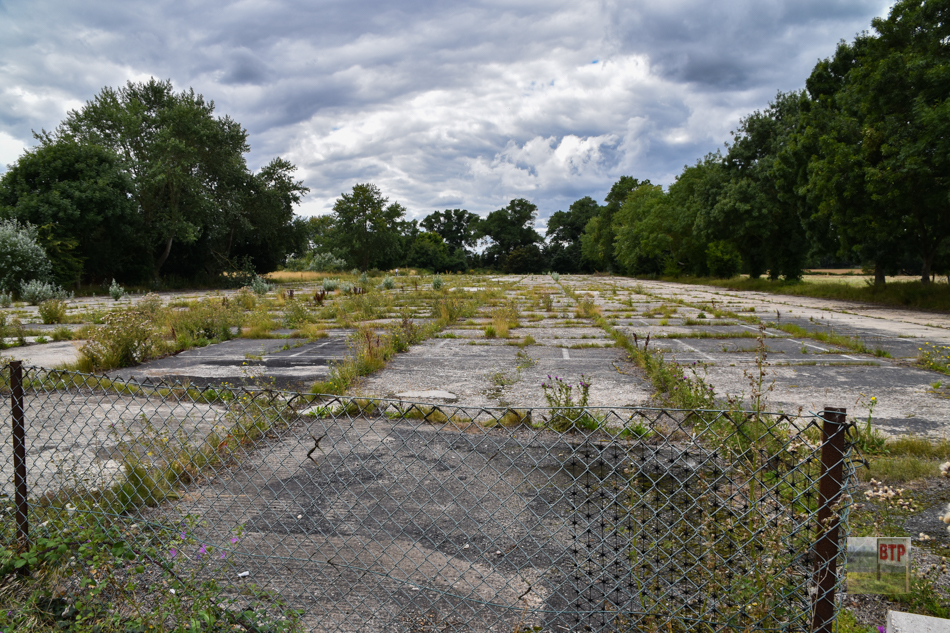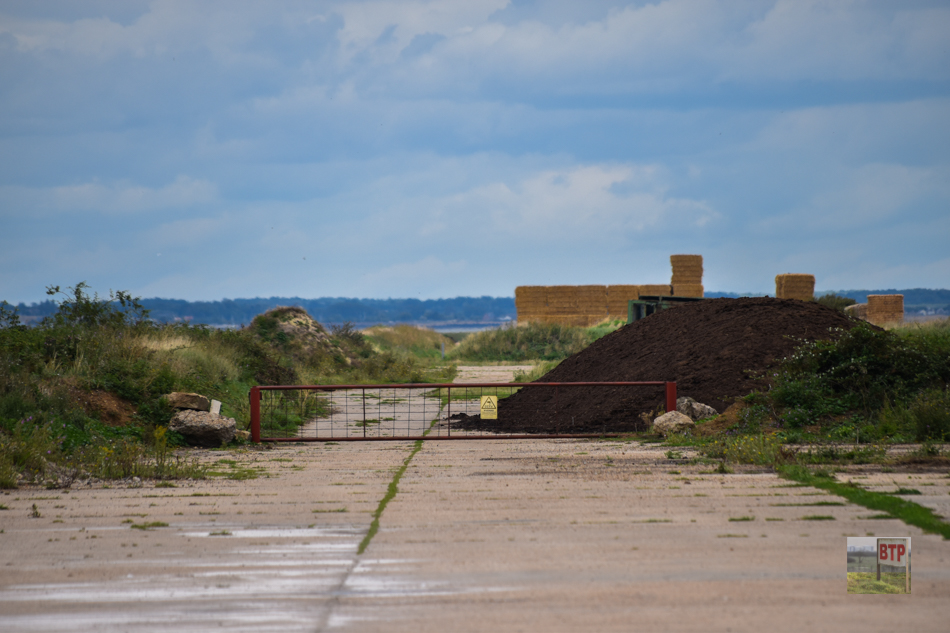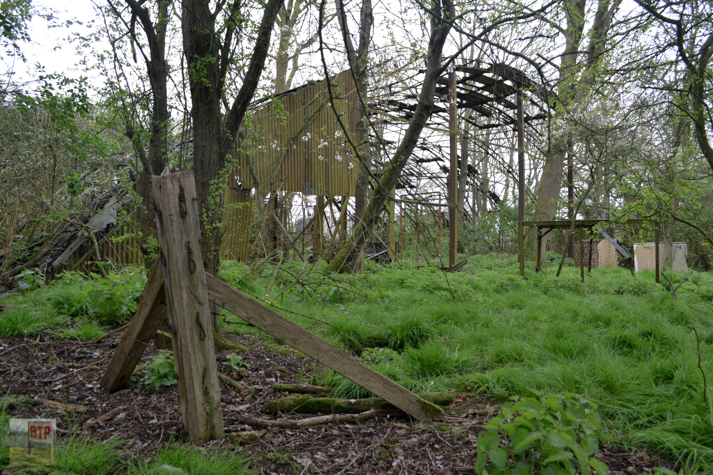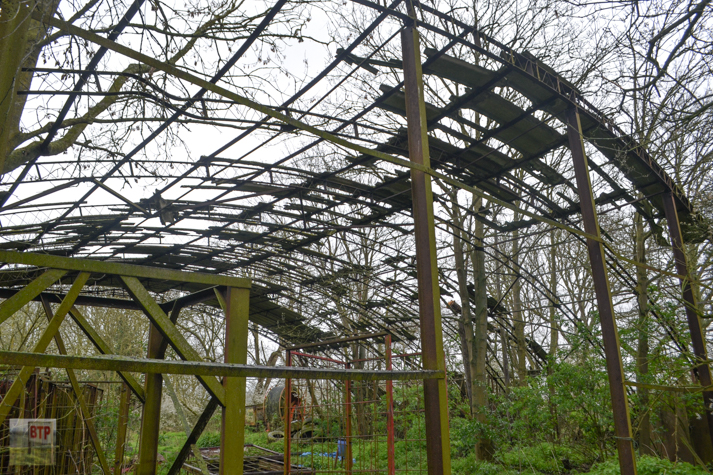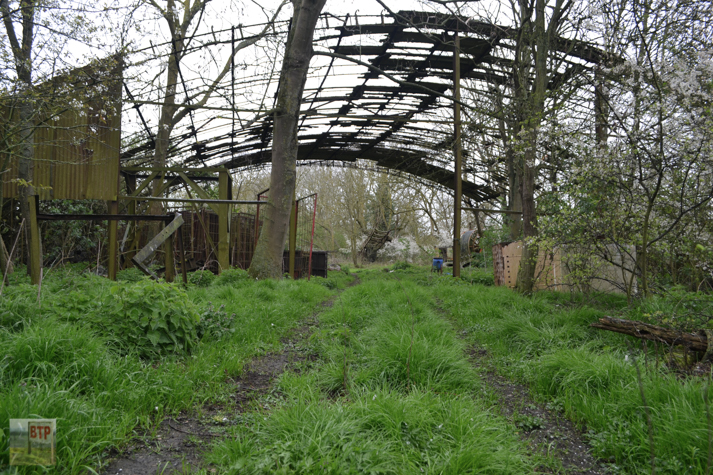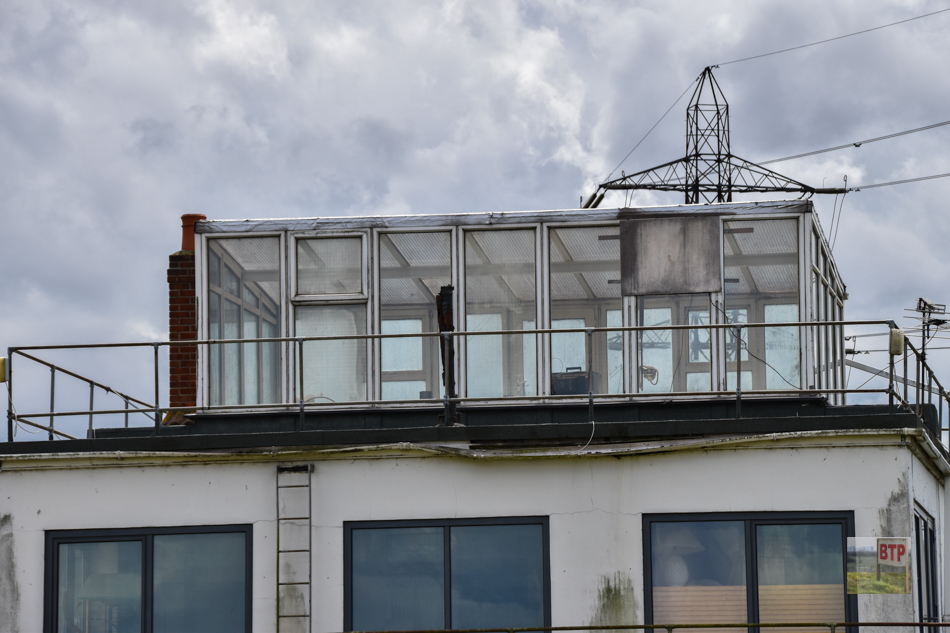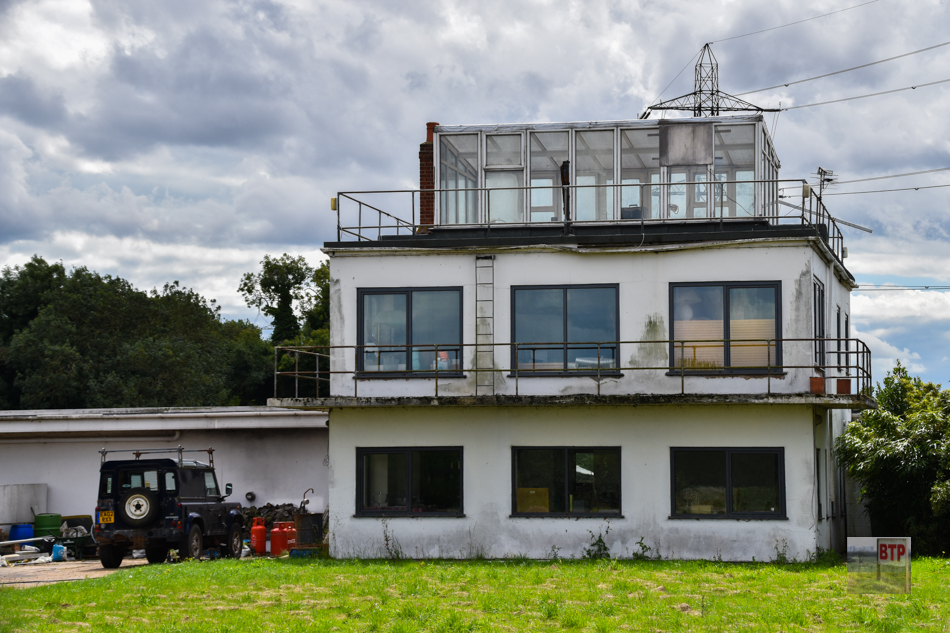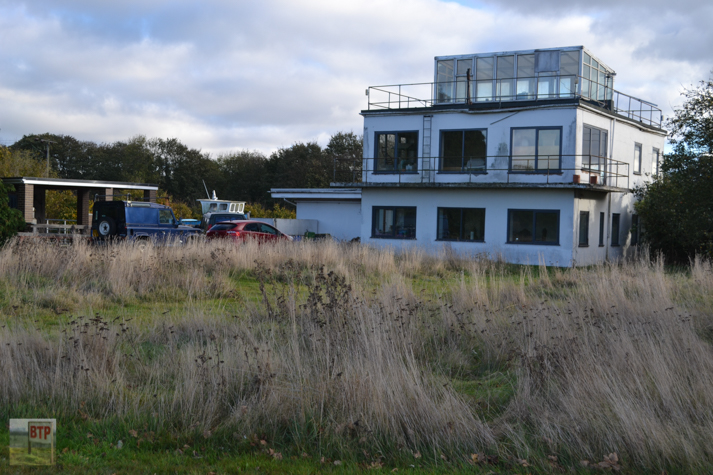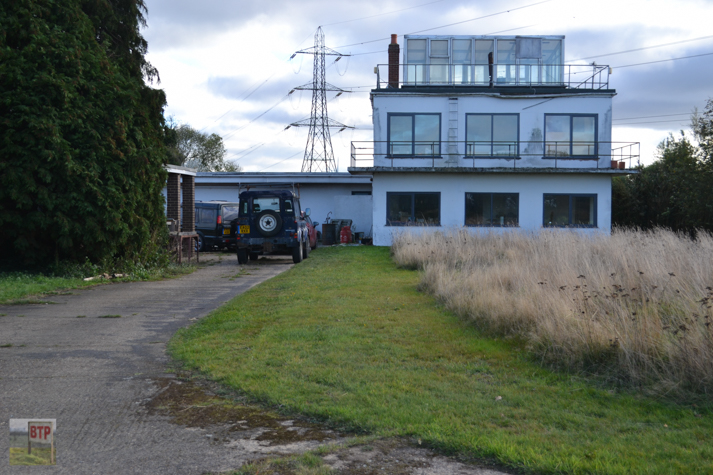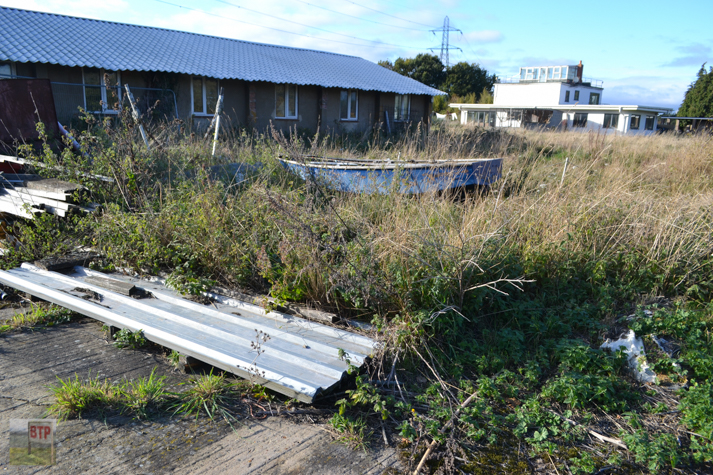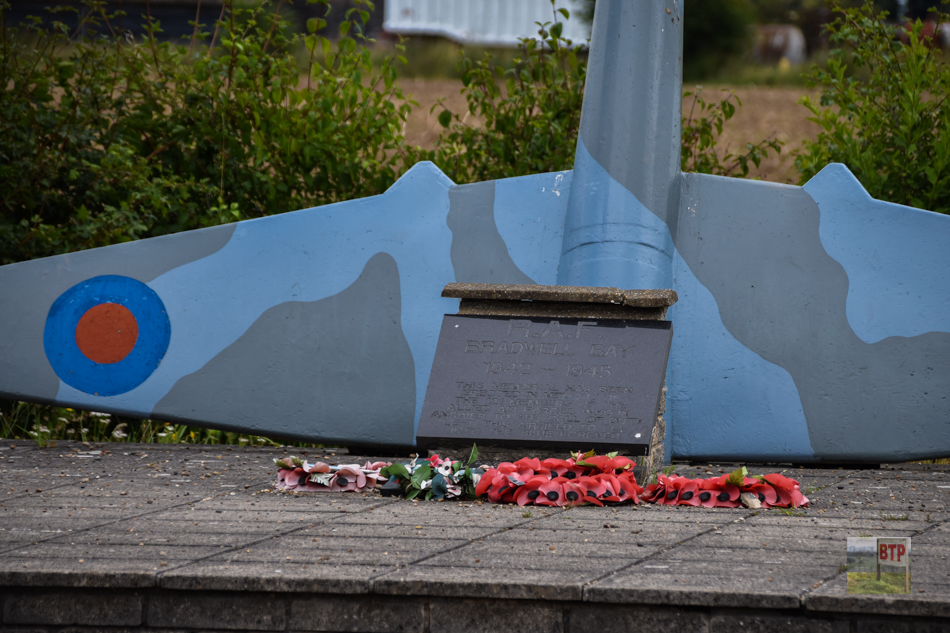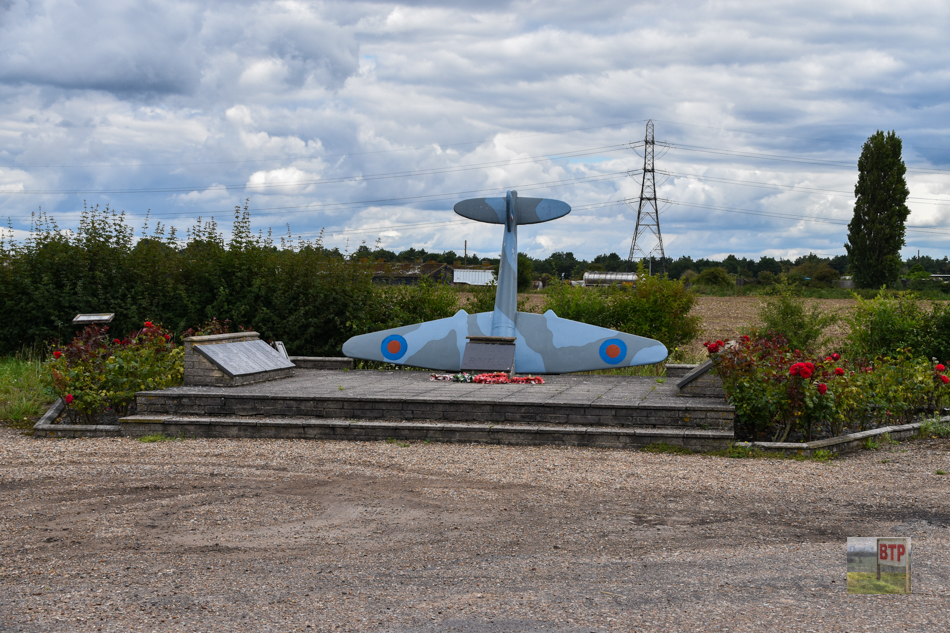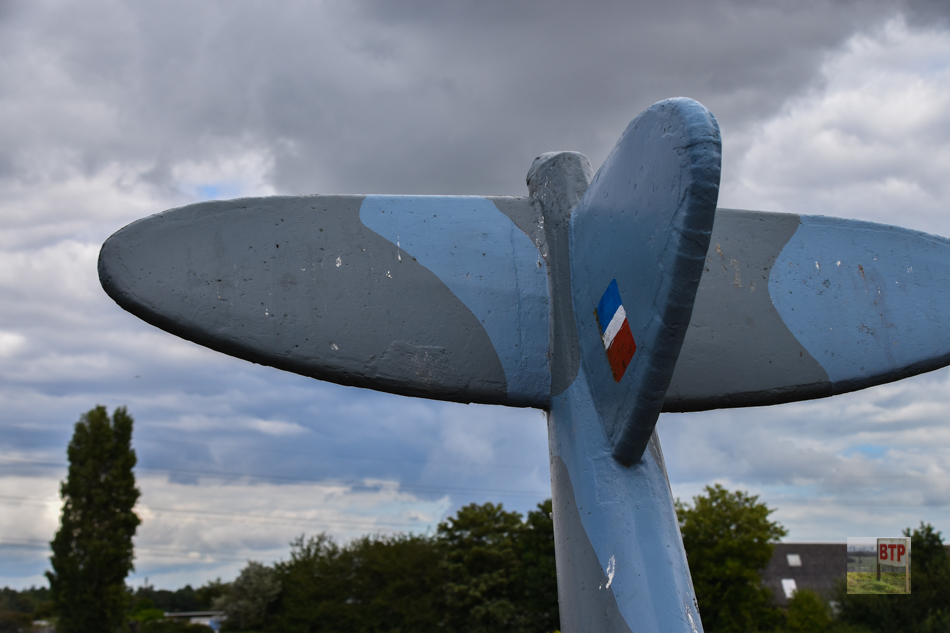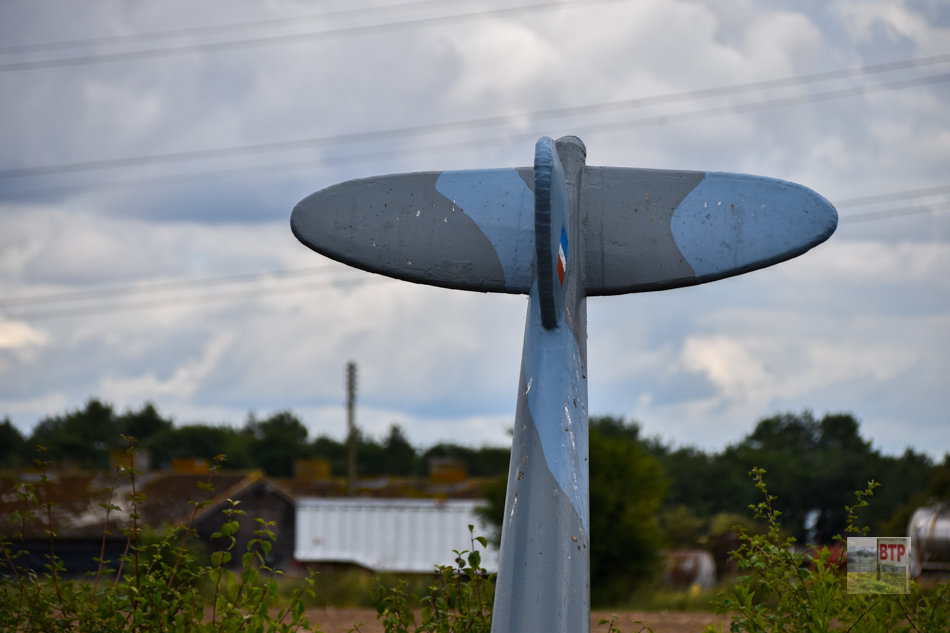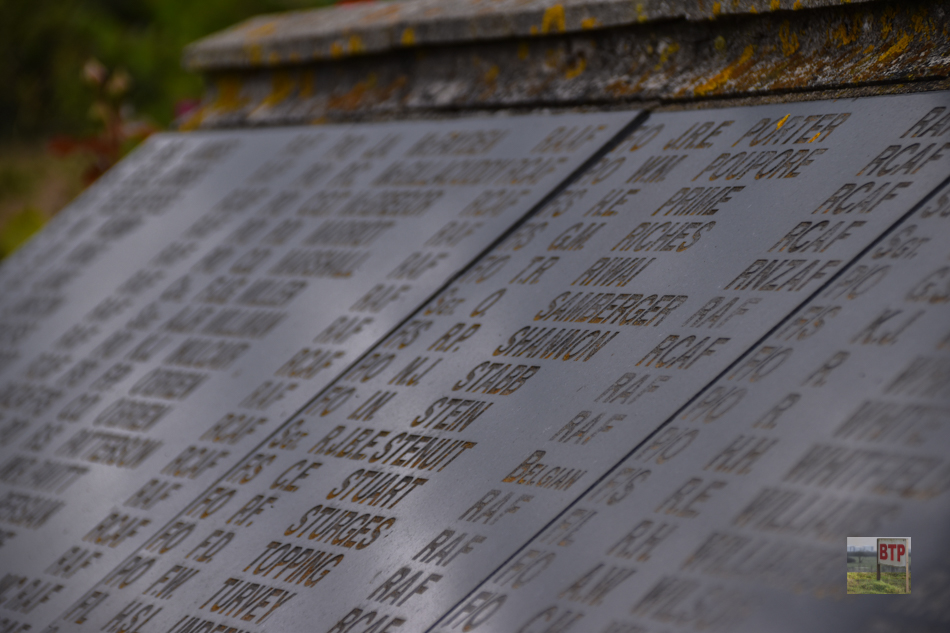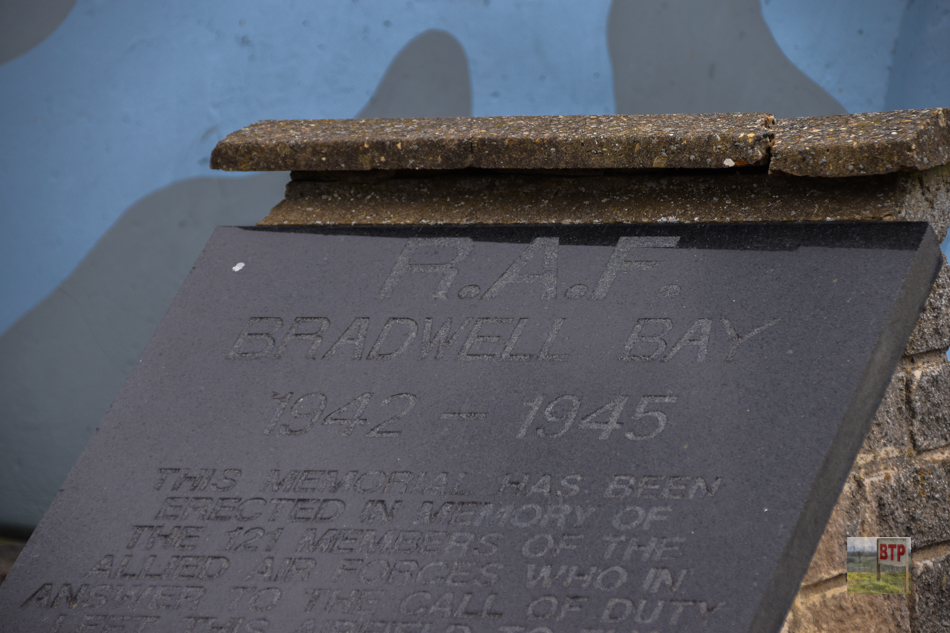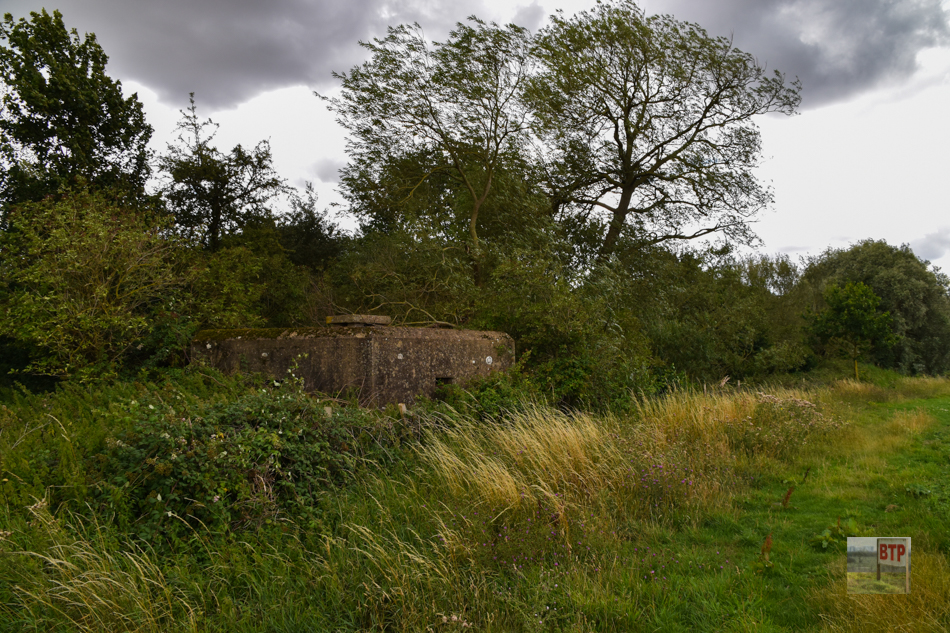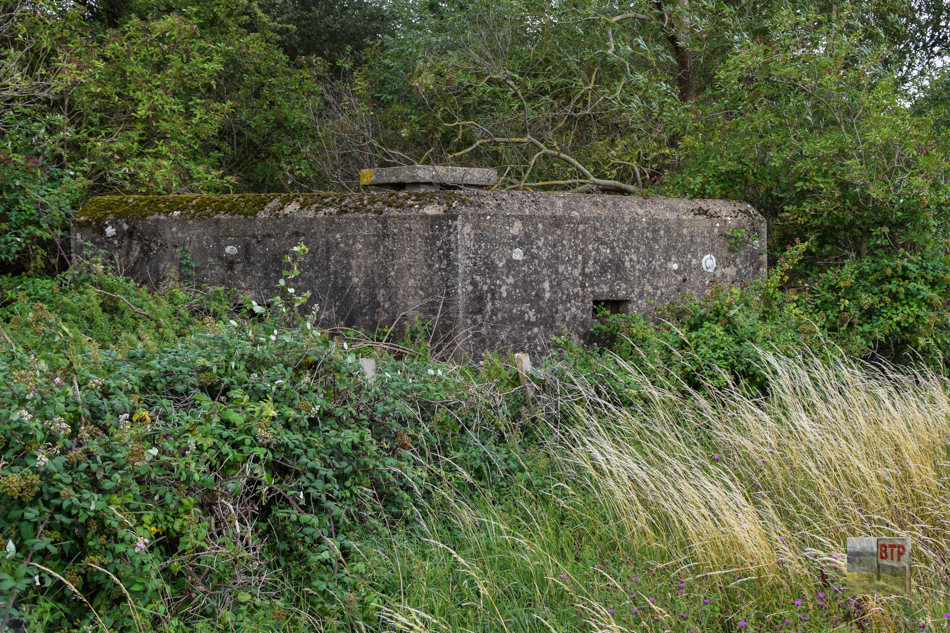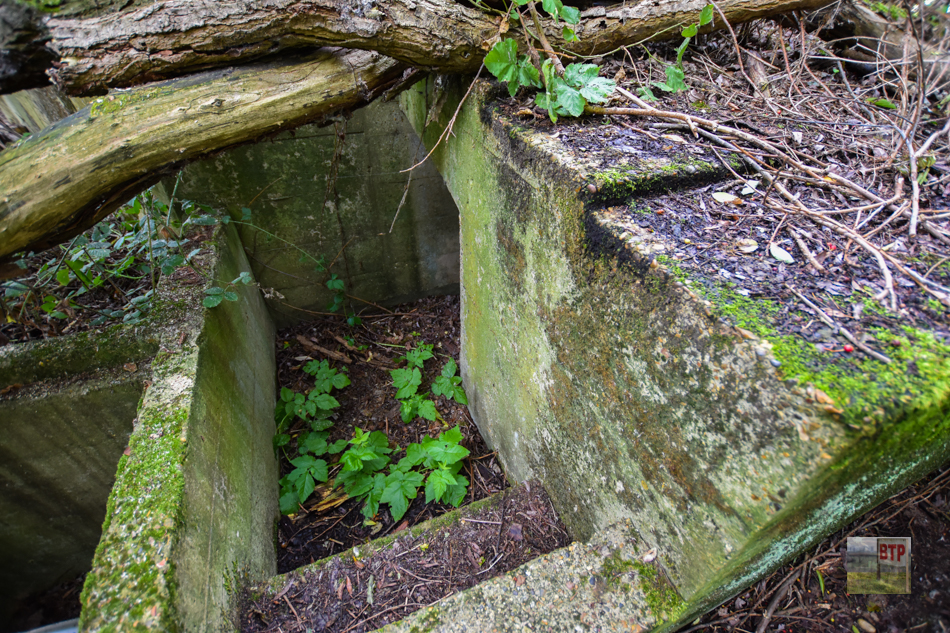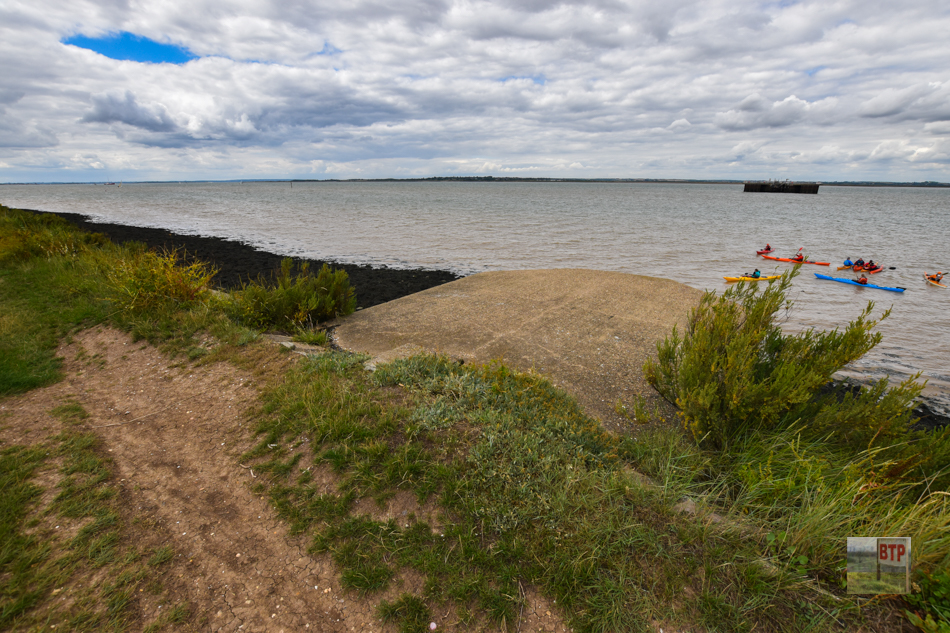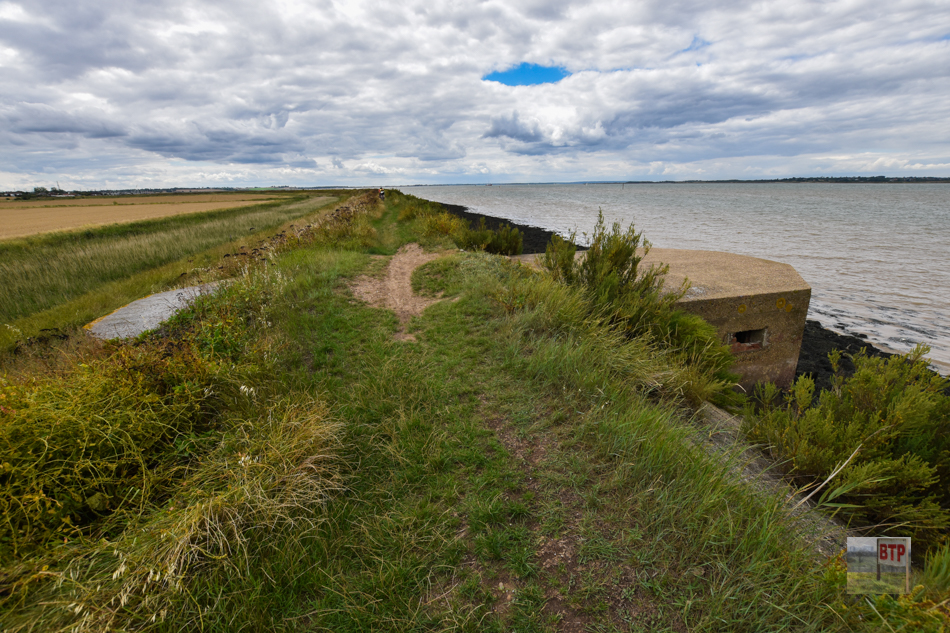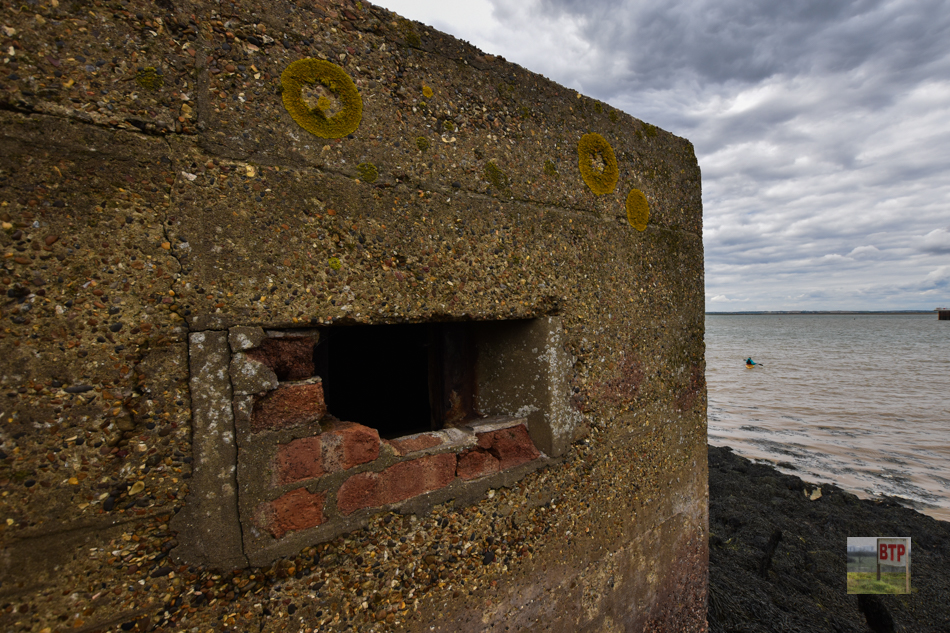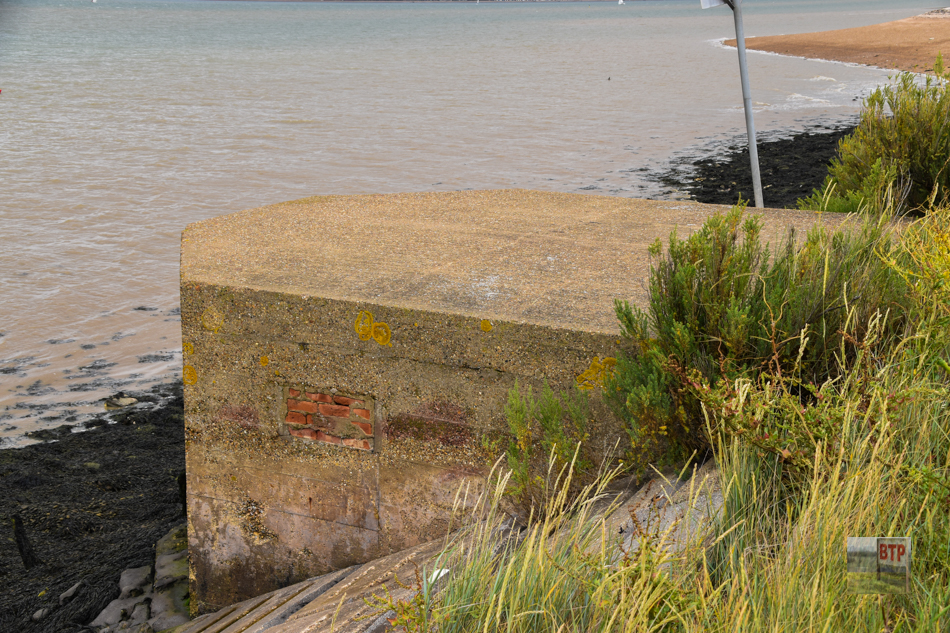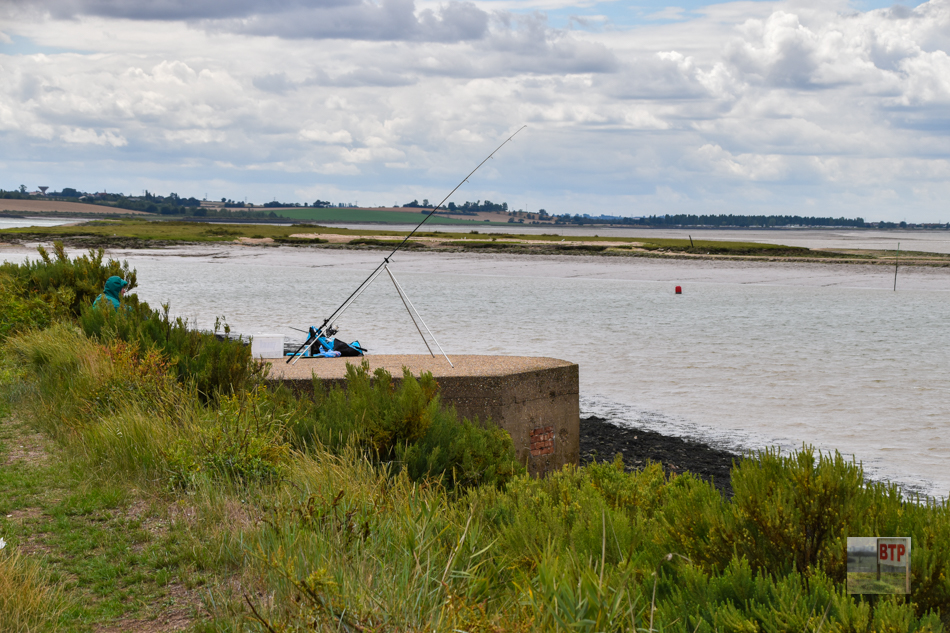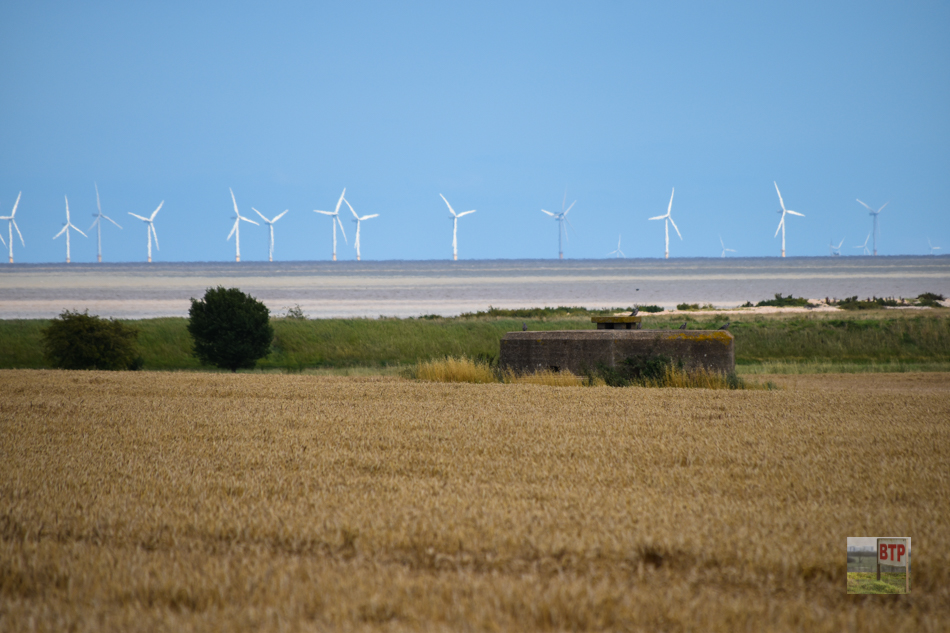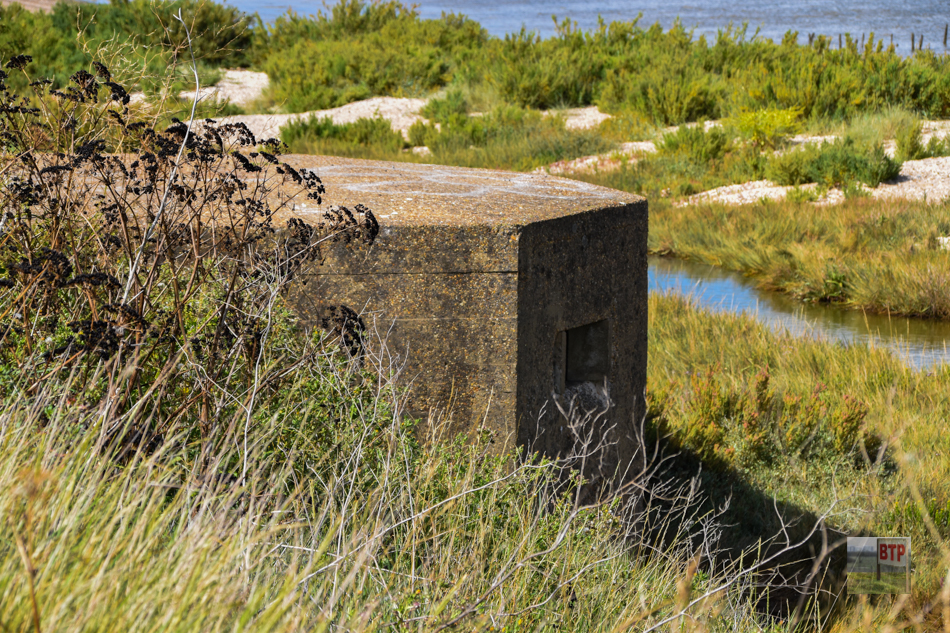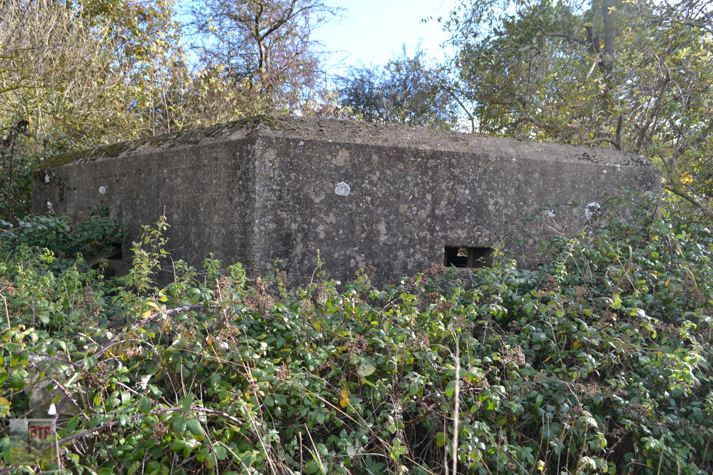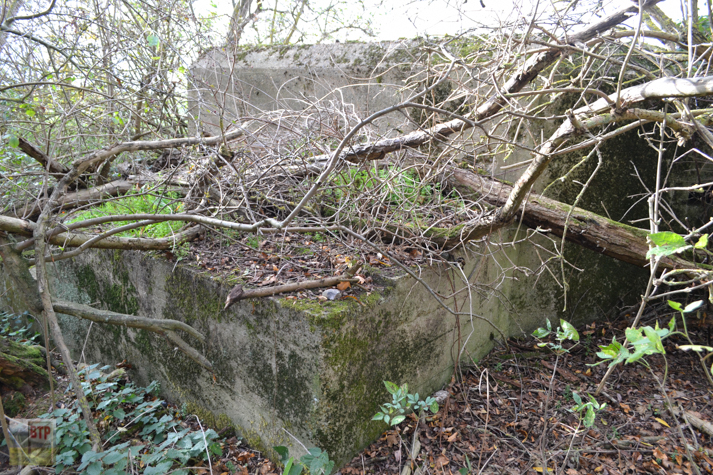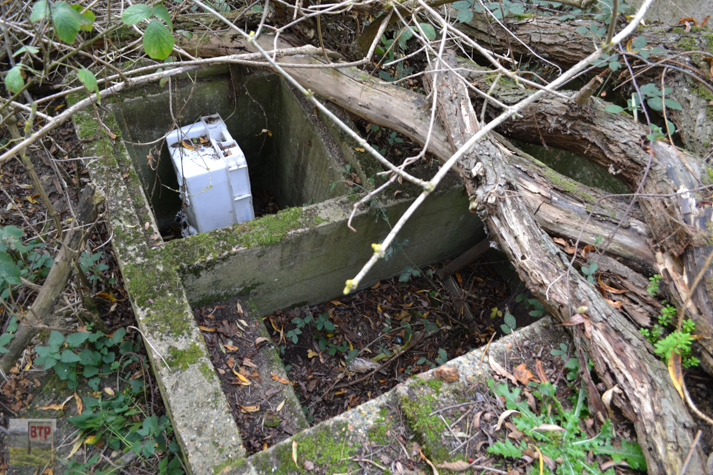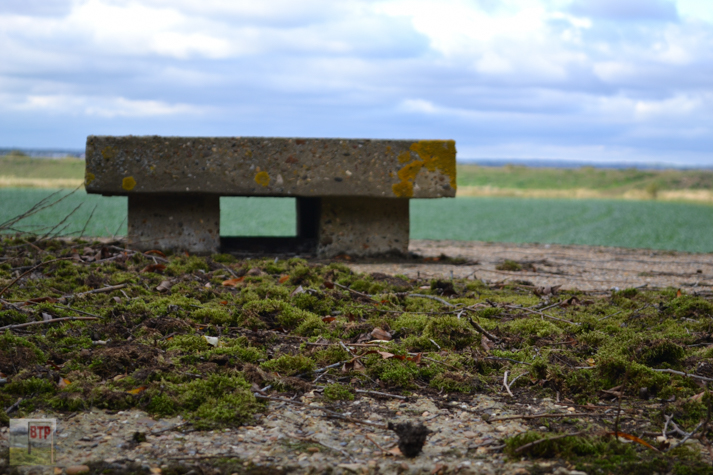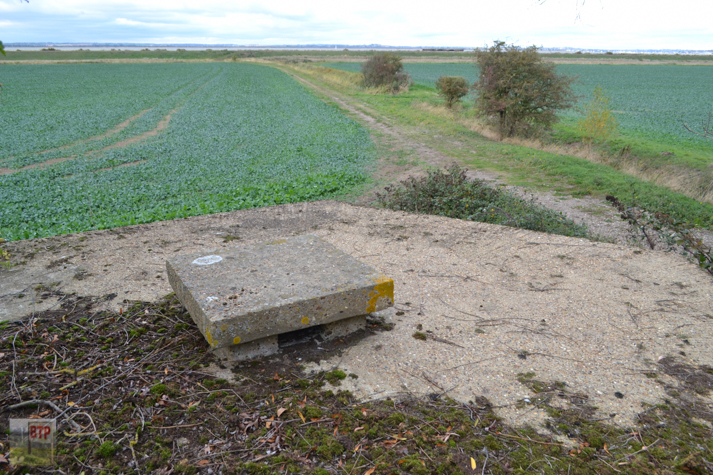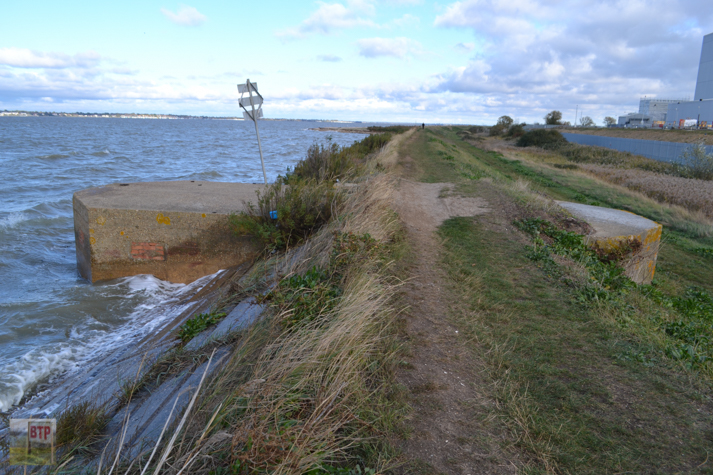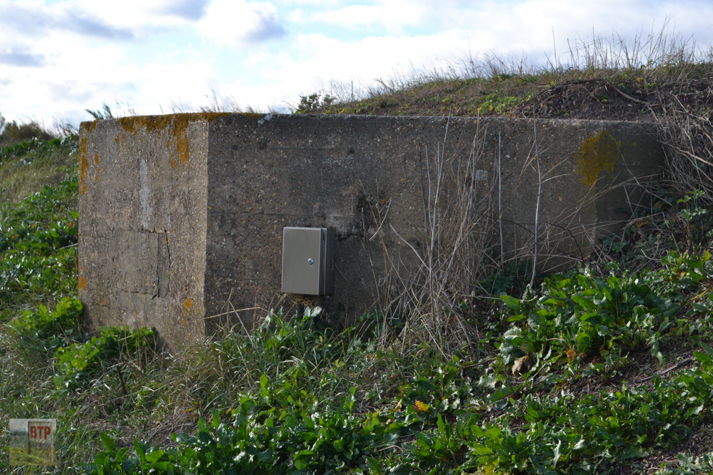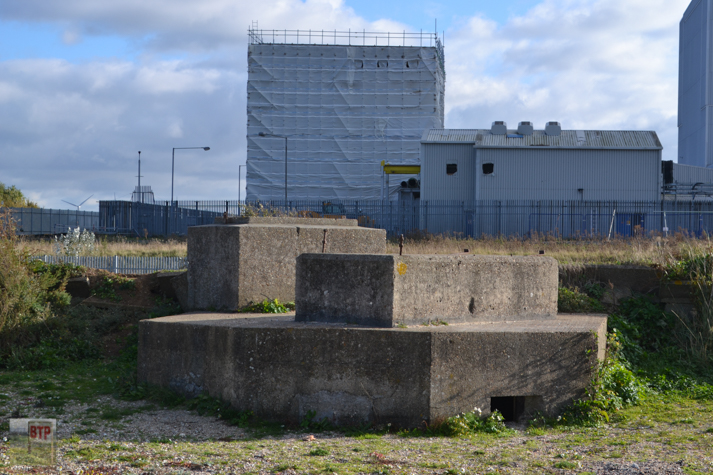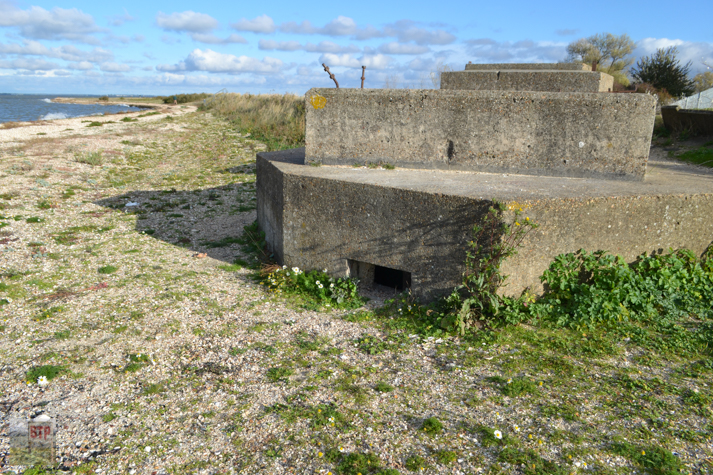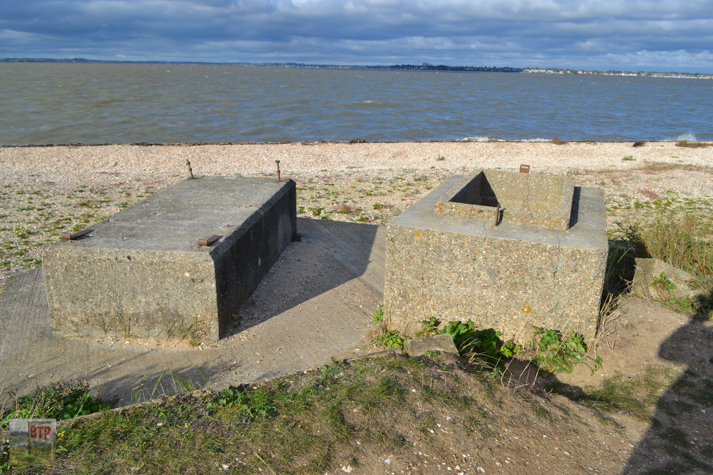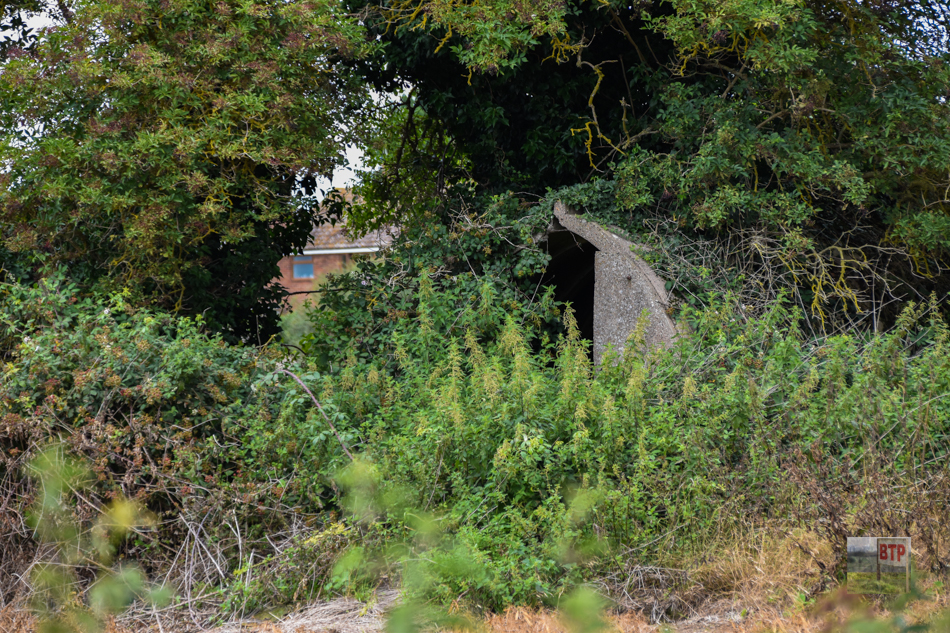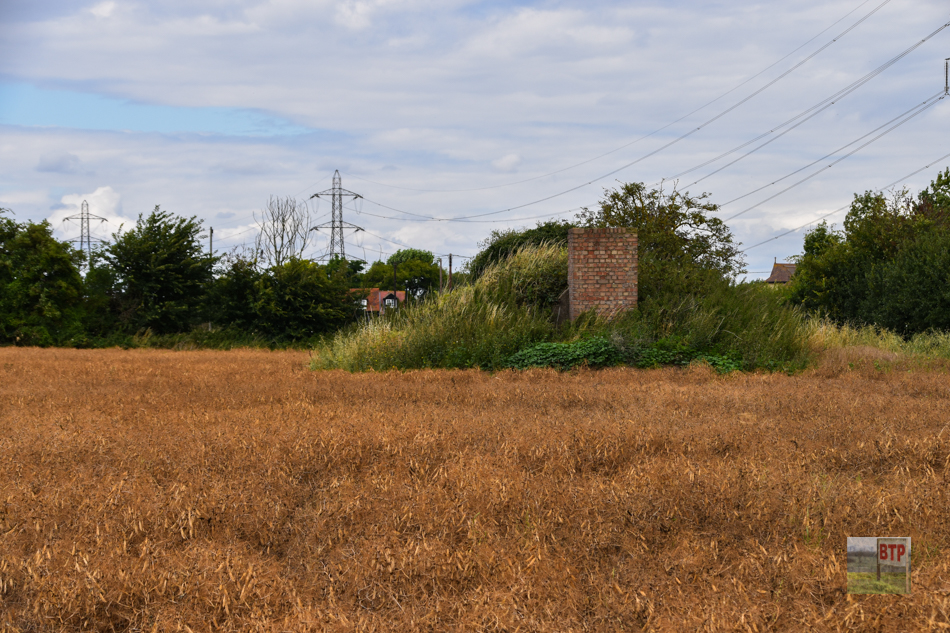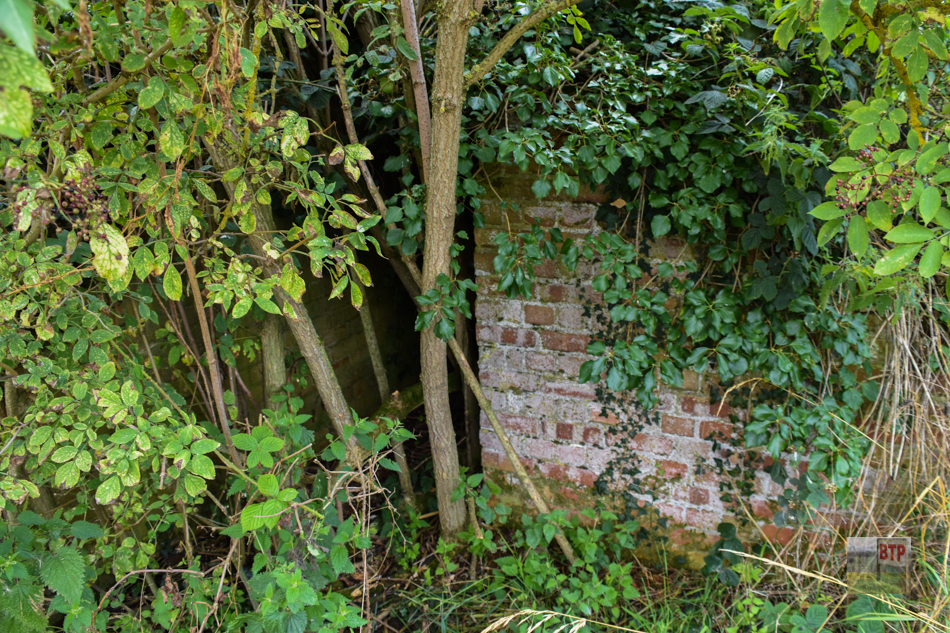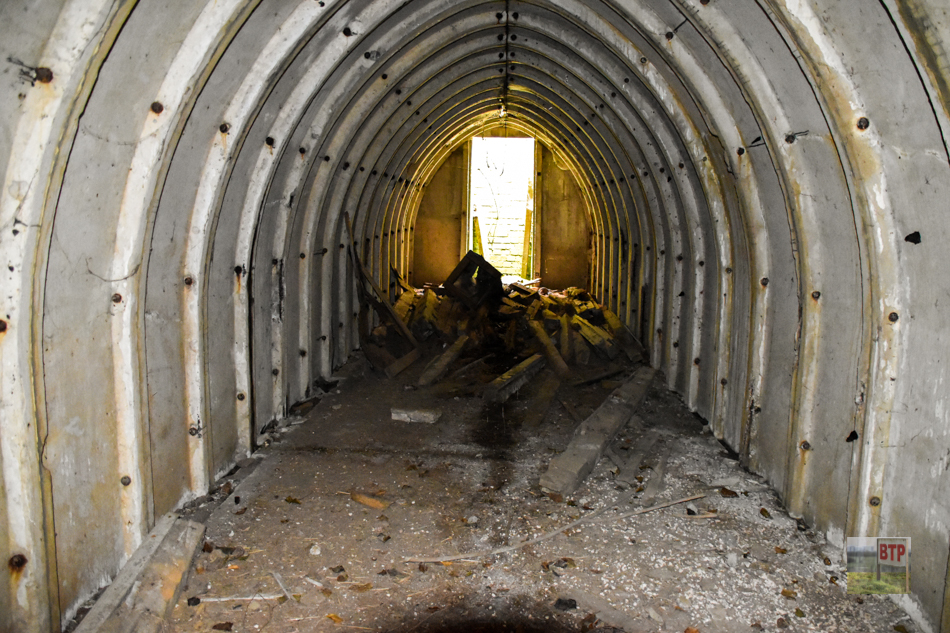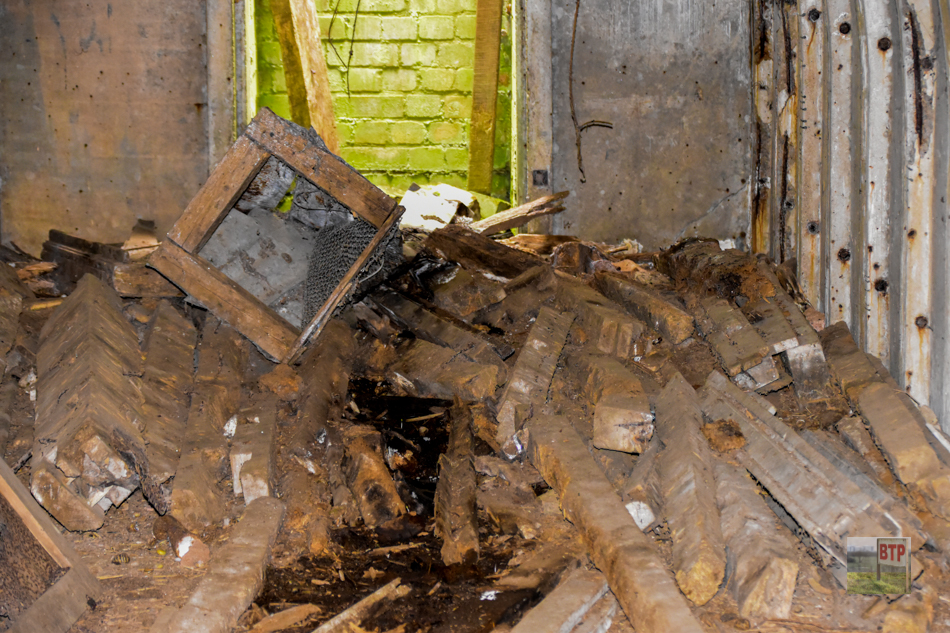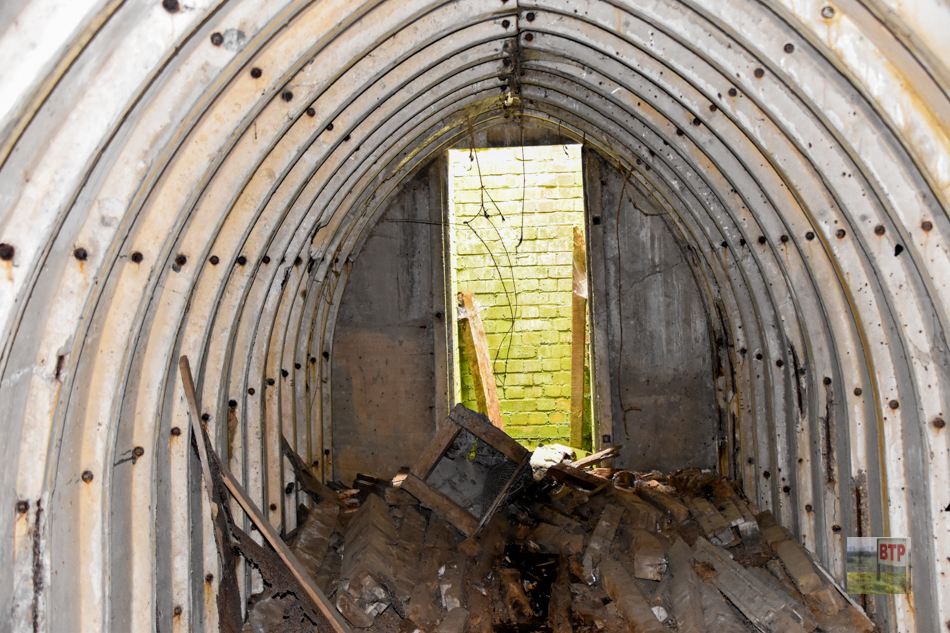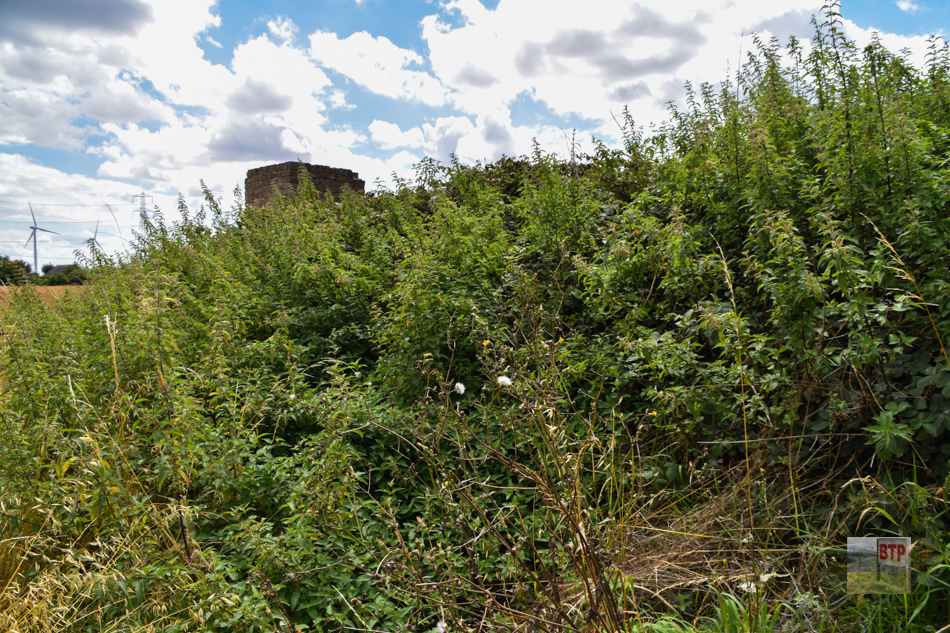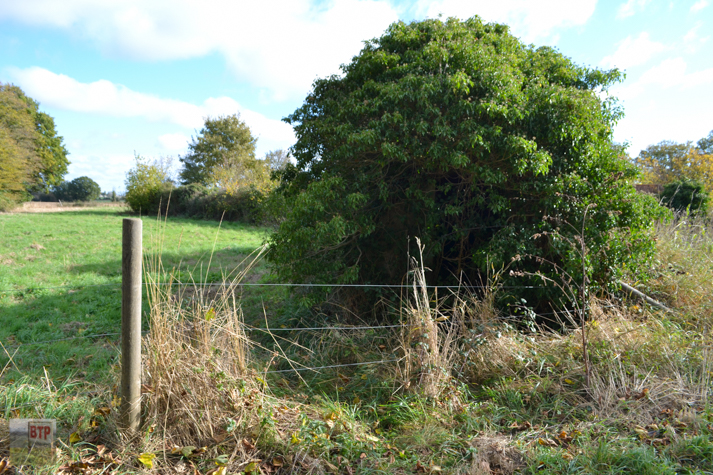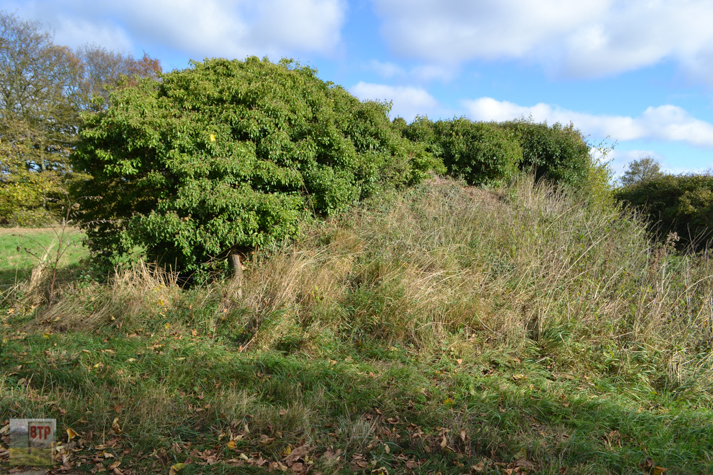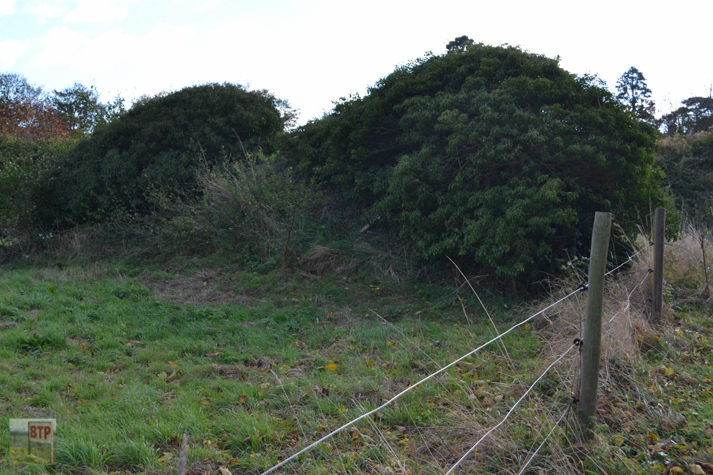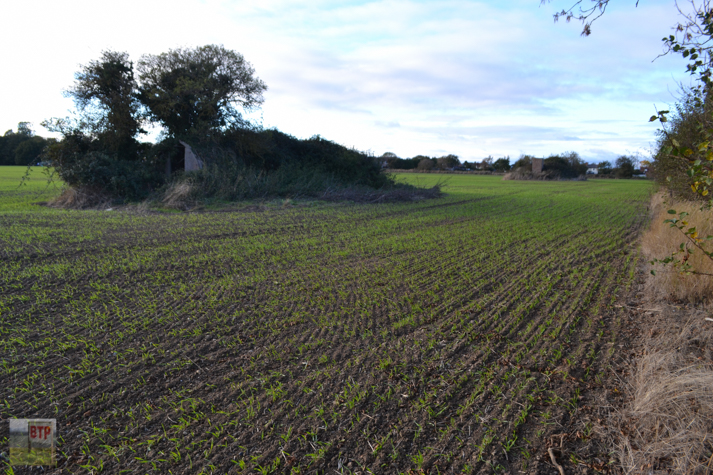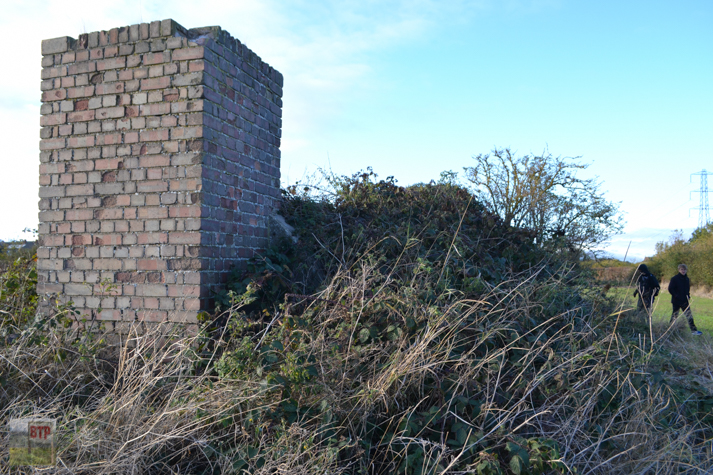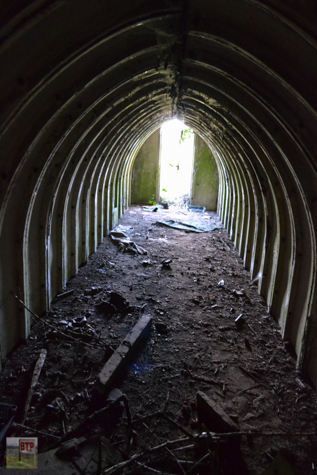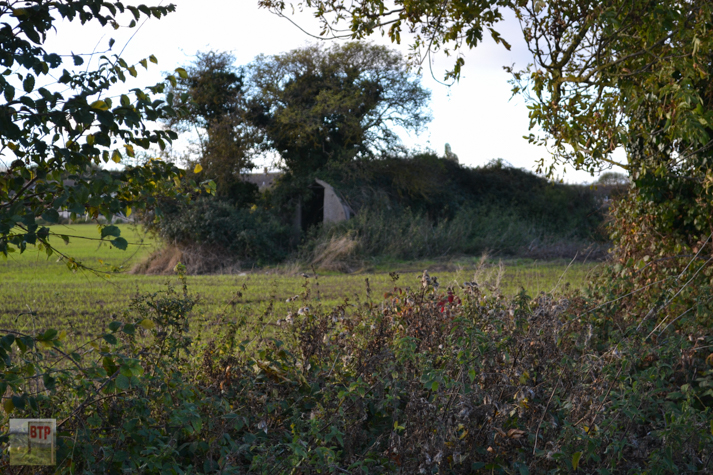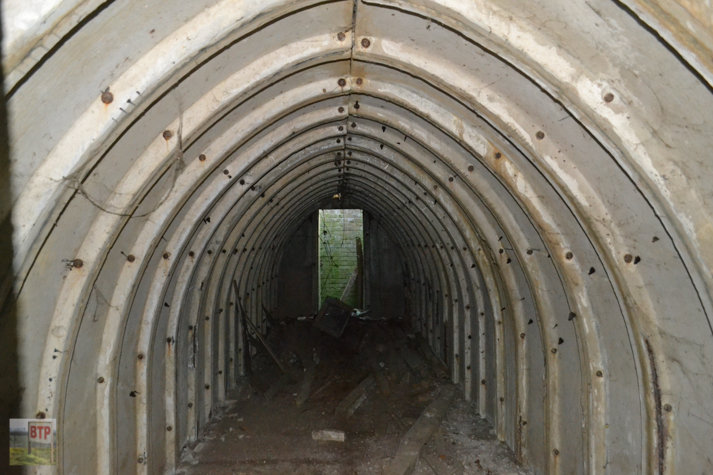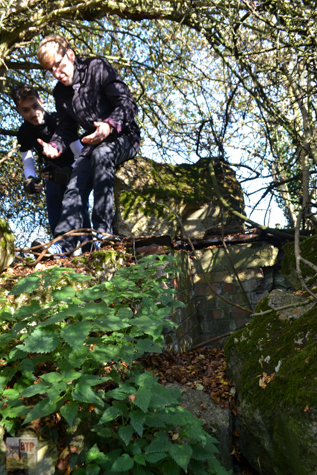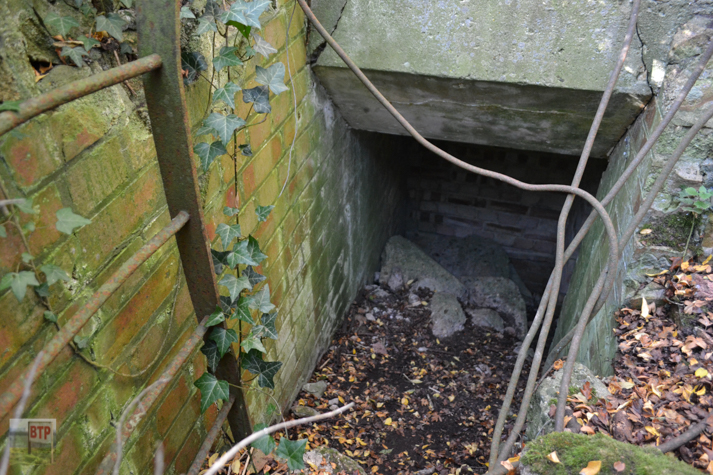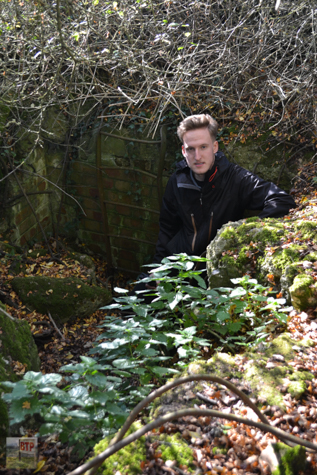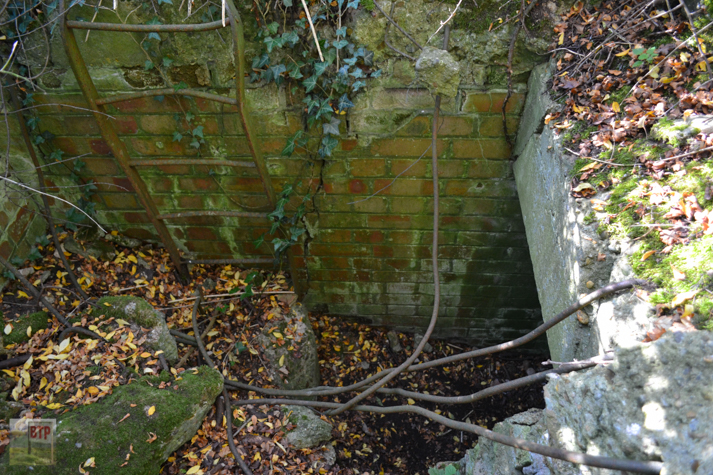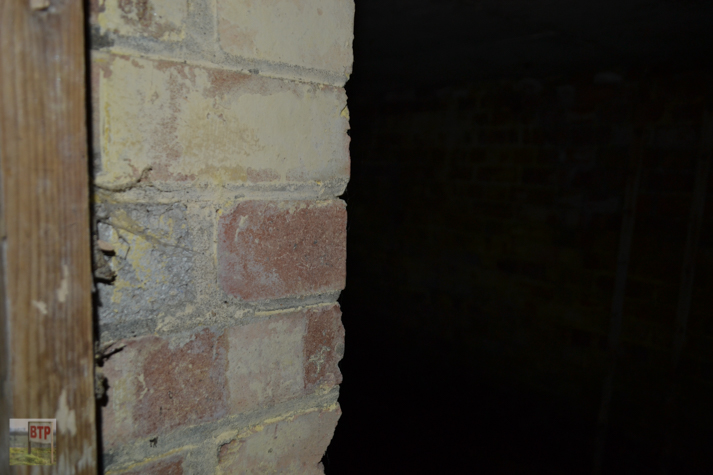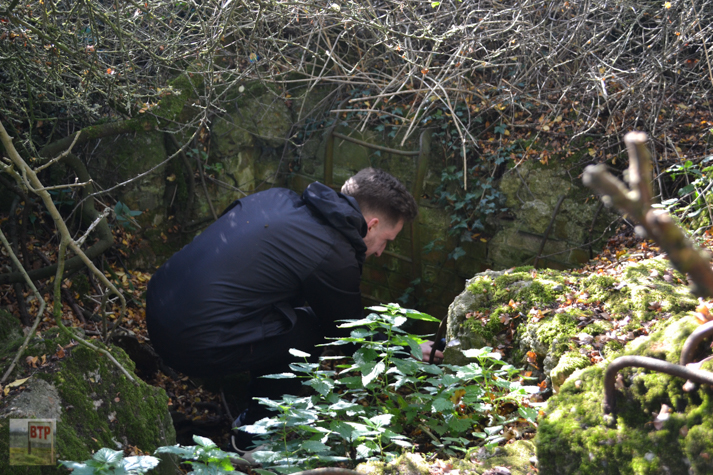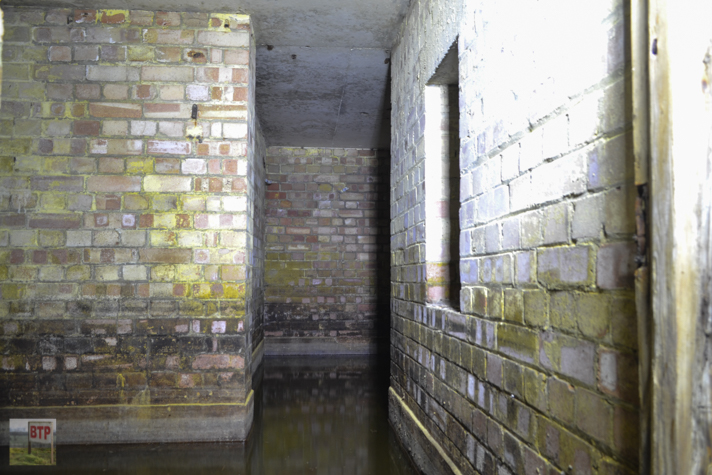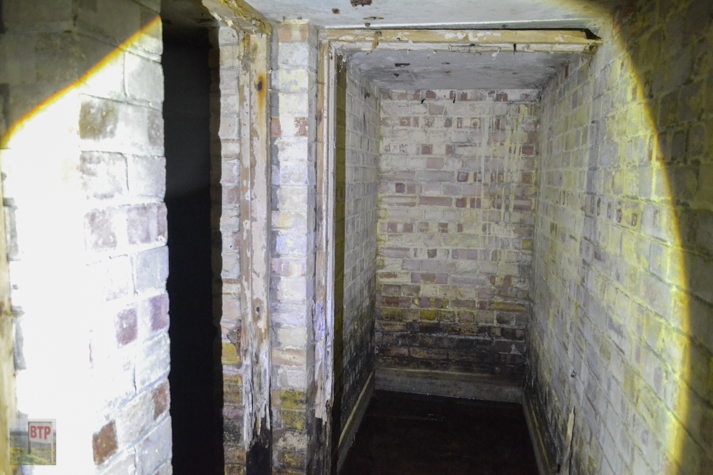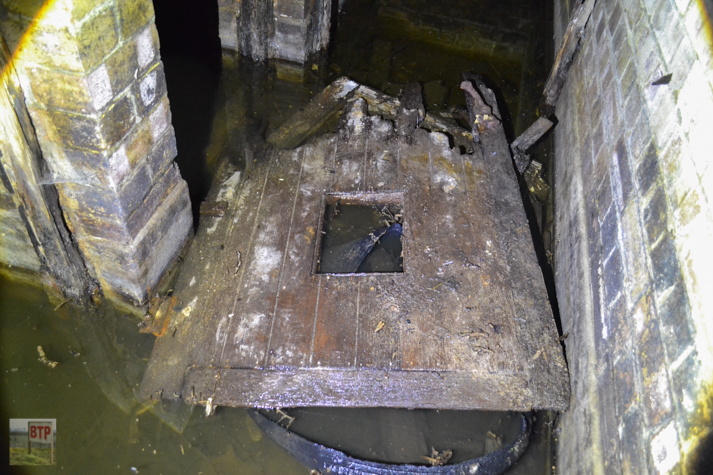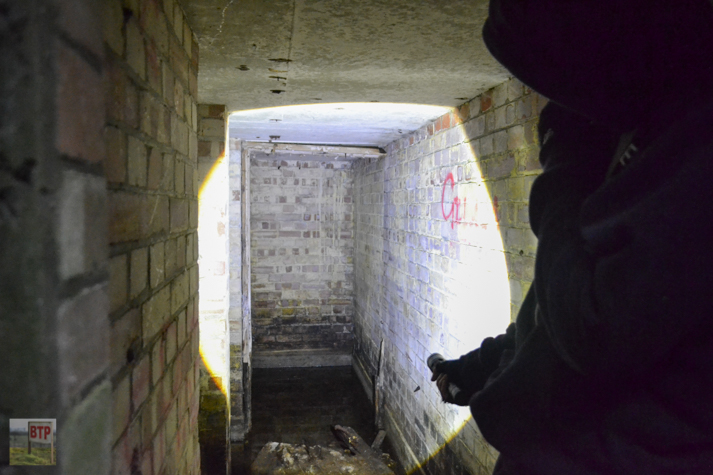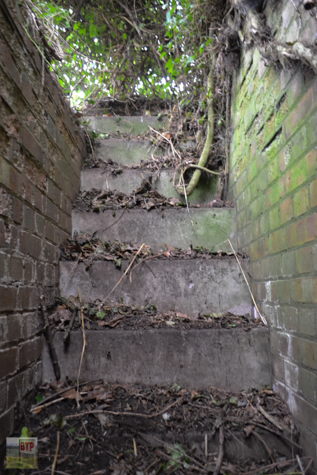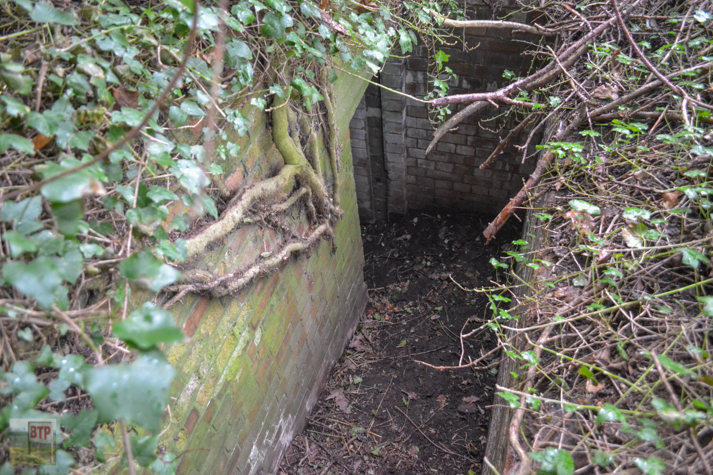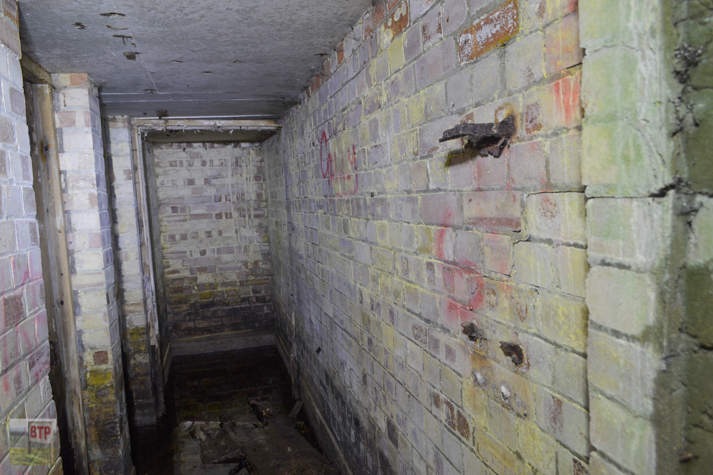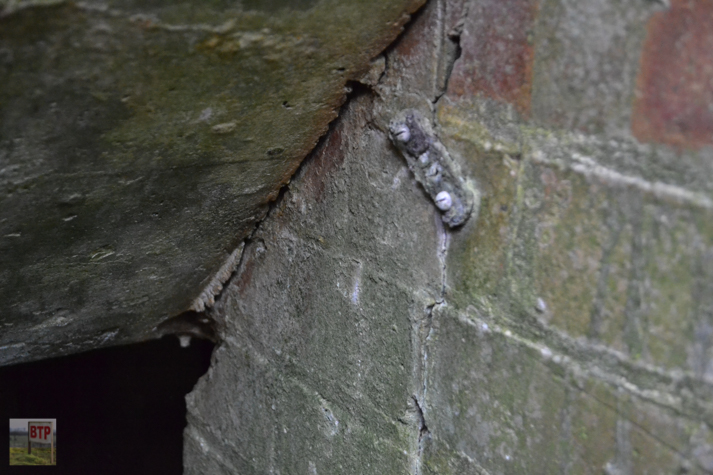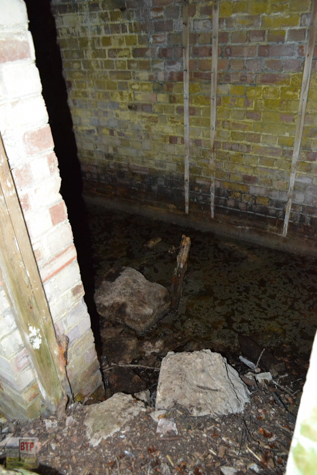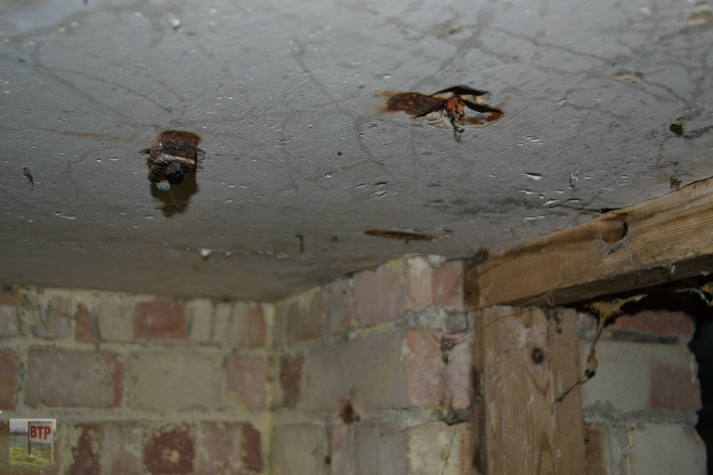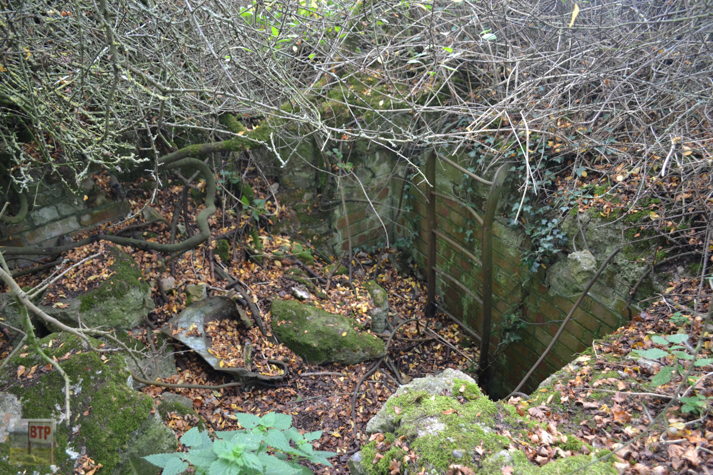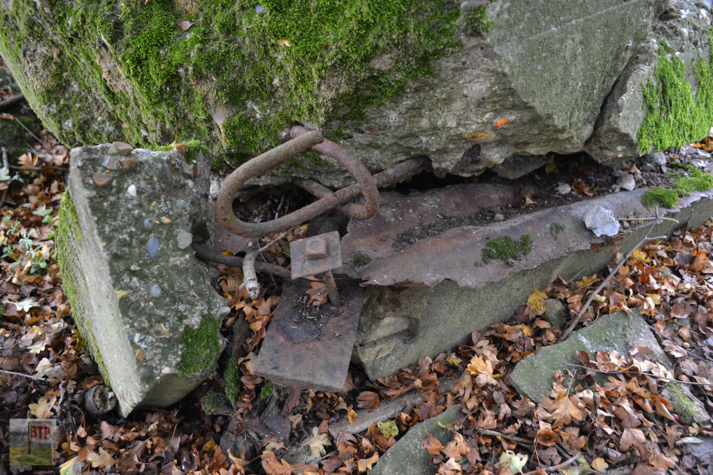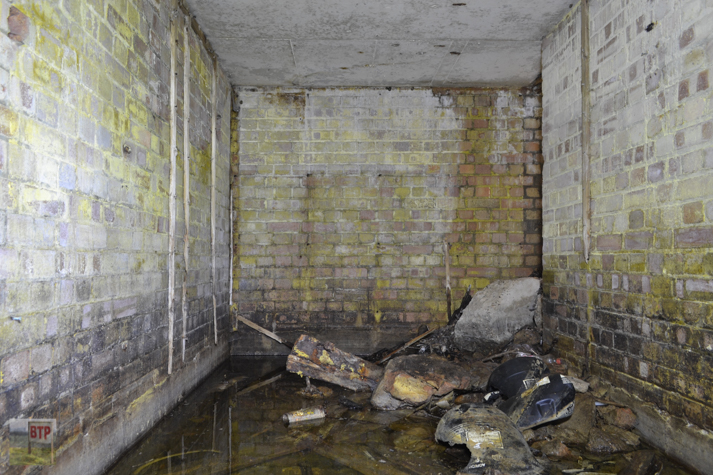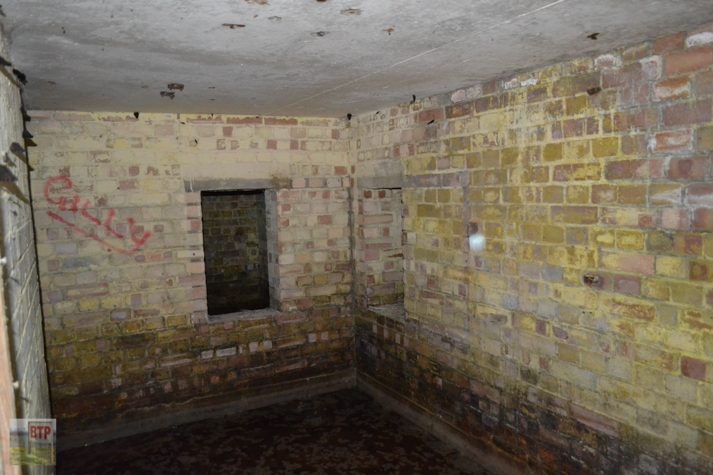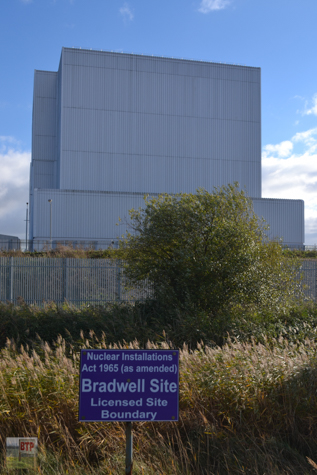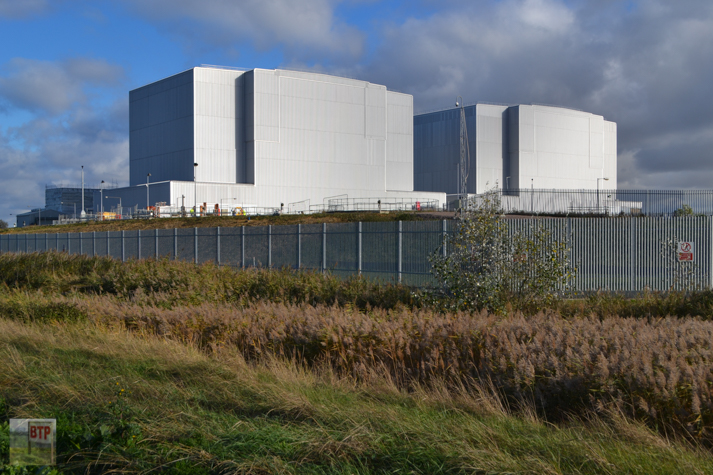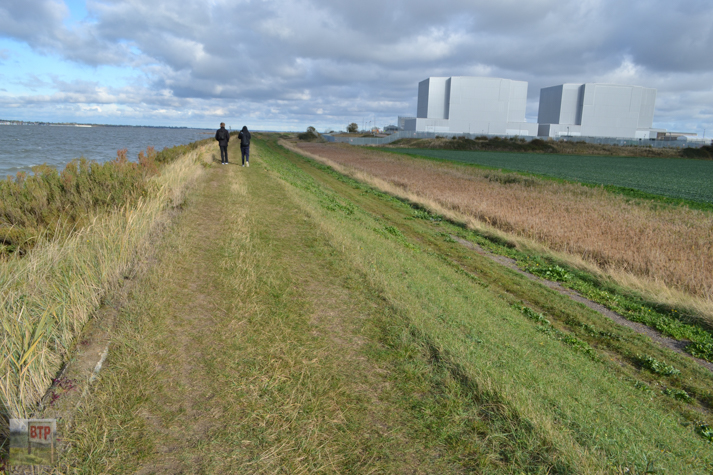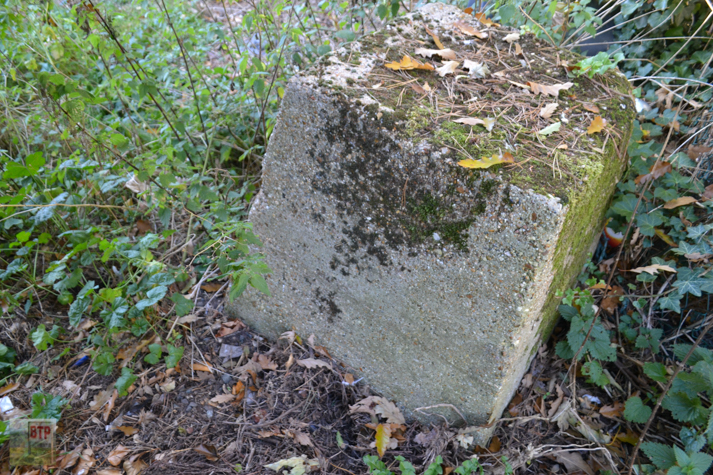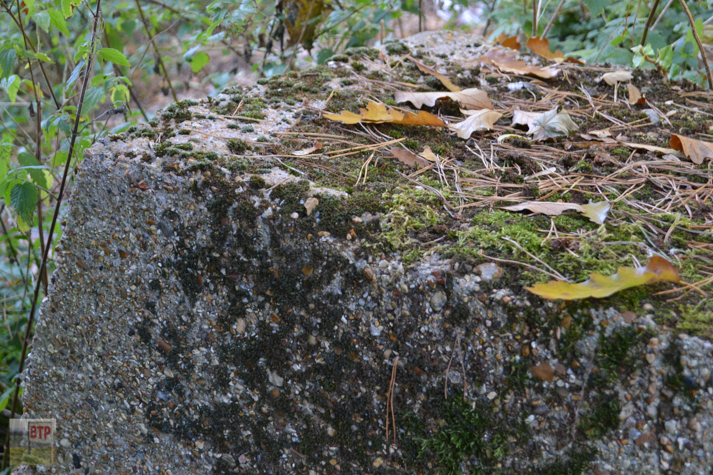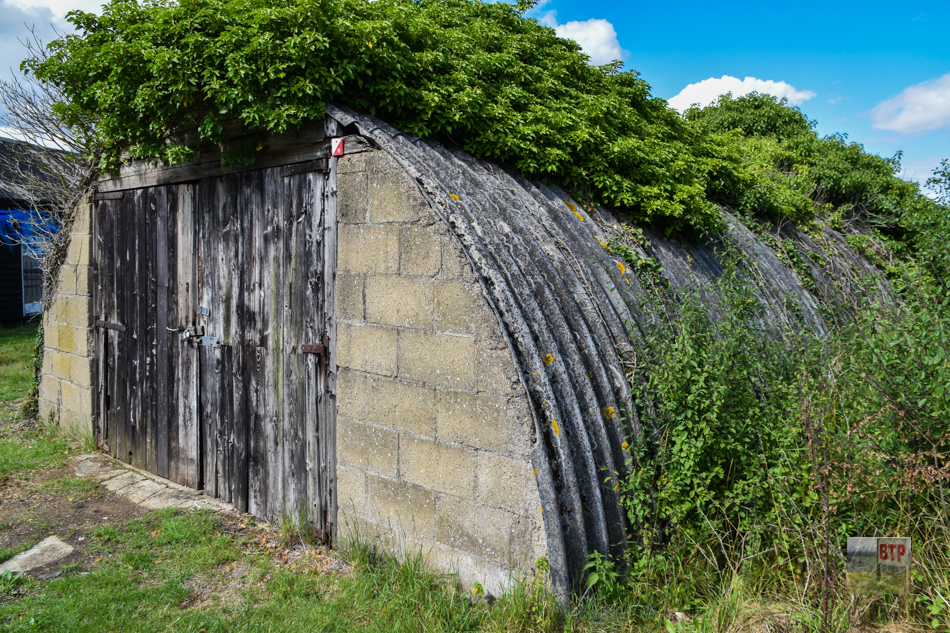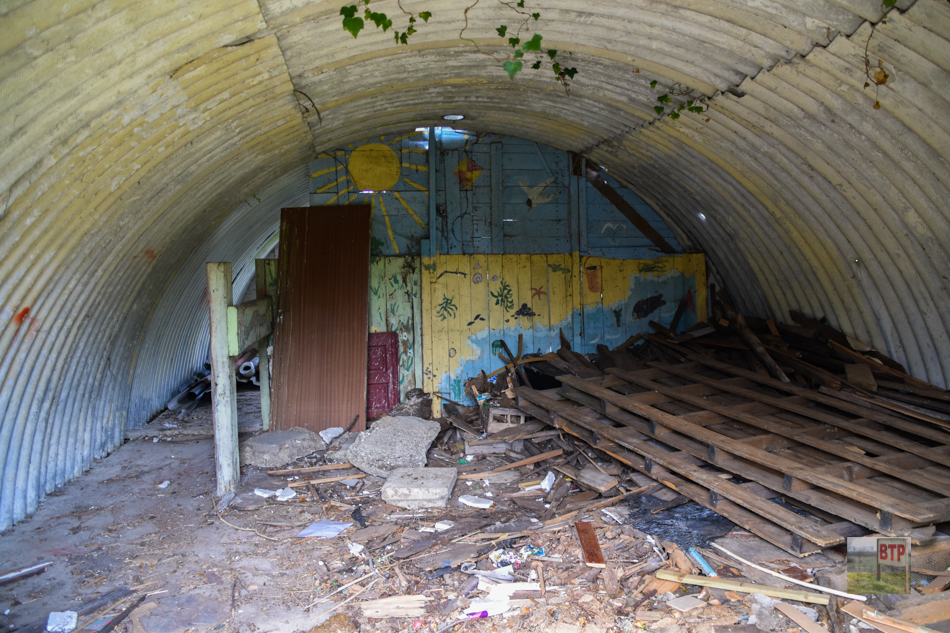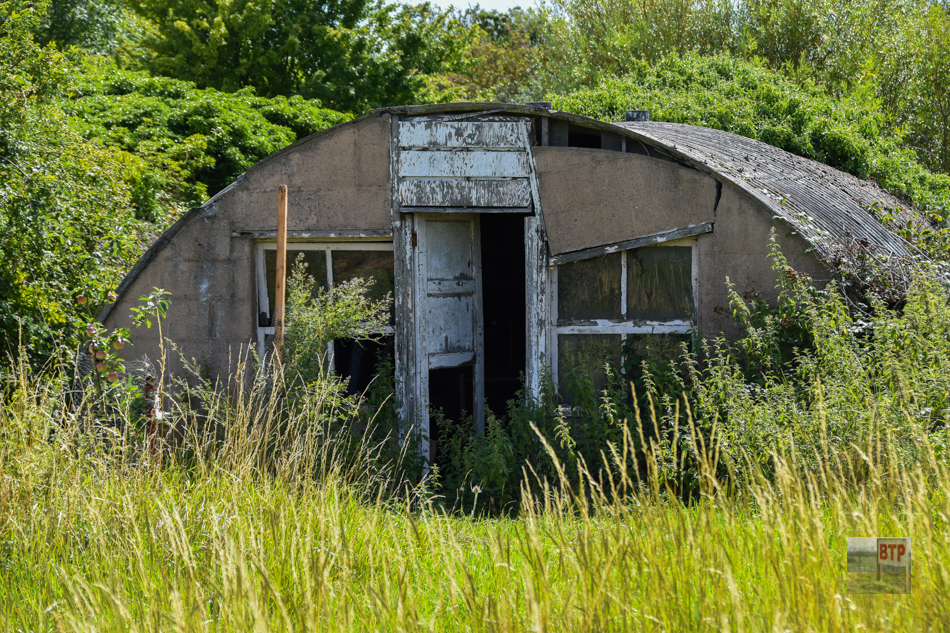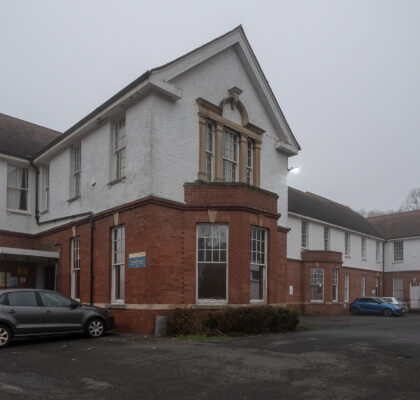RAF Bradwell Bay was rebuilt in 1940 over the site of an interwar 1936 aerodrome. The surviving concrete runway was built in 1941. The airfield served as a night fighter base and saw the regular arrival of damaged or low fuelled aircraft which it had to tend to. It was notably equipped with FIDO (Fog Investigation and Dispersal Operation) which was a system of flammable pipelines designed to illuminate the runways in fog and at night, considering the airfield’s isolated marshland position on the Dengie peninsula. This was the only fighter station where this was used. Aircraft from Bradwell provided support in the D-Day 1944 invasions, as well as in taking out V-1 Doodlebug flying bombs; sometimes daringly tipped off-course by wing contact in the hands of incredibly skilled pilots. The airfield closed permanently in 1946 and whilst the runway and control tower have been repurposed, other remains survive overgrown and hidden from the public eye.
We visited the site from 2017 to 2019 to take pictures and footage of some of the at times well-hidden and forgotten remnants of the airfield.
Whilst the majority of the airfield’s structures are now long-gone, more survive than initially meets the eye; often hidden in bushes, fields, and down abandoned paths left by the airfield works. Originally, the base had a large Bellman hangar for maintenance jobs, and 12 curved blister hangars sized to house fighter planes. Of these, only five of the blister hangars remain. Whilst five are in current agricultural use, another is hidden out of sight abandoned in a wooded area – unfortunately we did not make it to this one for now. Numerous fighter pens for protecting craft and crew from air-raids were originally present at the site, but these have since vanished. The control tower is a private house today, and whilst it was probably initially an impressive restoration not too long ago; saving the building from dereliction, the house now looks fairly worse for wear. Behind the control tower is a station headquarters; derelict and missing its rear wall. This was essentially a long shed presumably used for operational planning or briefing of some kind. An associated brick shed also survives behind which has been recently restored. These are the only structures surviving of the airfield’s main technical site.
Further away from the runway area, three curved concrete Stanton-type air-raid shelters survive, probably for on-site personnel. Two lie in a farmers field, and another overgrown close to the impressive memorial commemorating the site. Near to this is a moveable anti-tank block in the bushes. East Hall Farm along the road to the Dengie nature reserve allegedly has some of the small FIDO oil burners in its drive used as plantpots, but we didn’t get to see these. Something impressive that we did find however, is the battle headquarters which is incredibly well hidden in a field-side hedgerow. It is very hard to find until you are right ontop of the ruin because its above-ground concrete observation post has been demolished, leaving only an exposed brick room of rubble on the surface. This leads round a corner into an underground series of rooms which we almost missed entirely, and although flooded we vouch to return with waders one day to inspect this further. Some of the electrical fittings and door frames survived. The battle headquarters would have been a kind of concealed final stand outpost for the station commander and personnel to hold out and direct defensive operations if the airfield was invaded by German paratroops. Around the airfield as far as the seawall and the Dengie nature reserve was a wide range of pillboxes, including Essex lozenge through-the-seawall types. Joe managed to find what looks like a nissen hut although it is unclear if this is original.
Runway & Blister Hangars
Control Tower & Station HQ
Memorial
Pillboxes
Pictured above are the numerous Essex Lozenge through-the-seawall pillboxes as well as some Type 22s just inland. The pillbox seen on the beach near the Bradwell nuclear reactor is of the Essex Lozenge design, like many of those along the seawalls here, although it has some peculiar concrete blocks ontop. These are believed to have been for firing an unrotated projectile ‘Z-rocket’ – usually seen as a form of opportunist anti-aircraft defence in large batteries of them. However, in this application it can be speculated to have unusually been intended for use singularly against naval vessels.
Stanton Shelters
Underground Battle HQ
Miscellaneous
Pictured is the Bradwell nuclear reactor with post-decommissioning ‘sarcophagus’, as well as an anti-tank block and suspected Nissen huts.
Sources:
https://en.wikipedia.org/wiki/RAF_Bradwell_Bay
http://www.worldwar2heritage.com/en/page/9069/189/Bradwell-Bay-Airfield
https://www.pastscape.org.uk/hob.aspx?hob_id=1387504[/vc_column_text][/vc_column][/vc_row]
This entry was posted in Location Report
